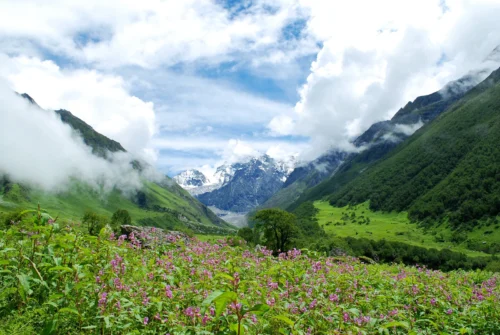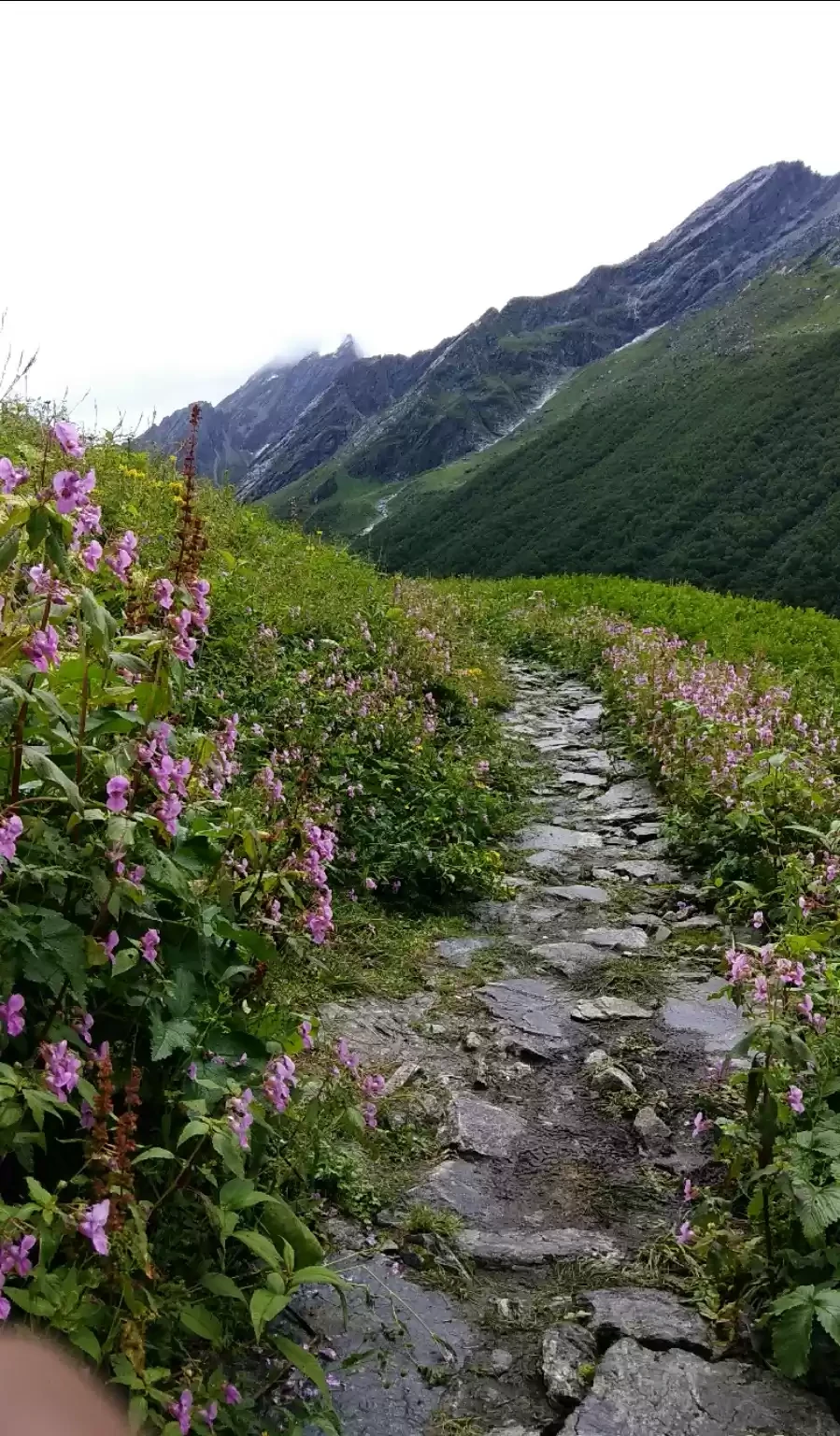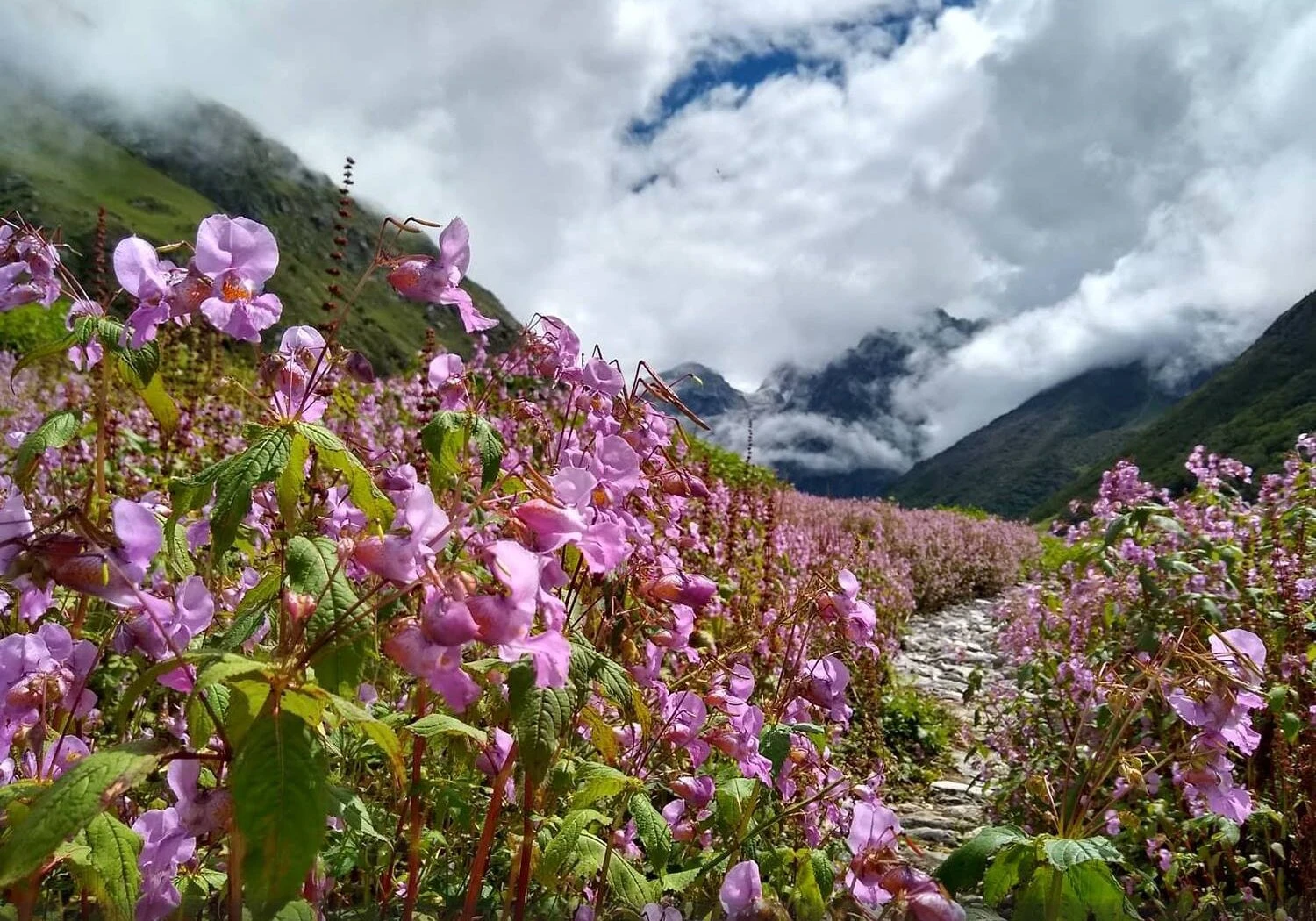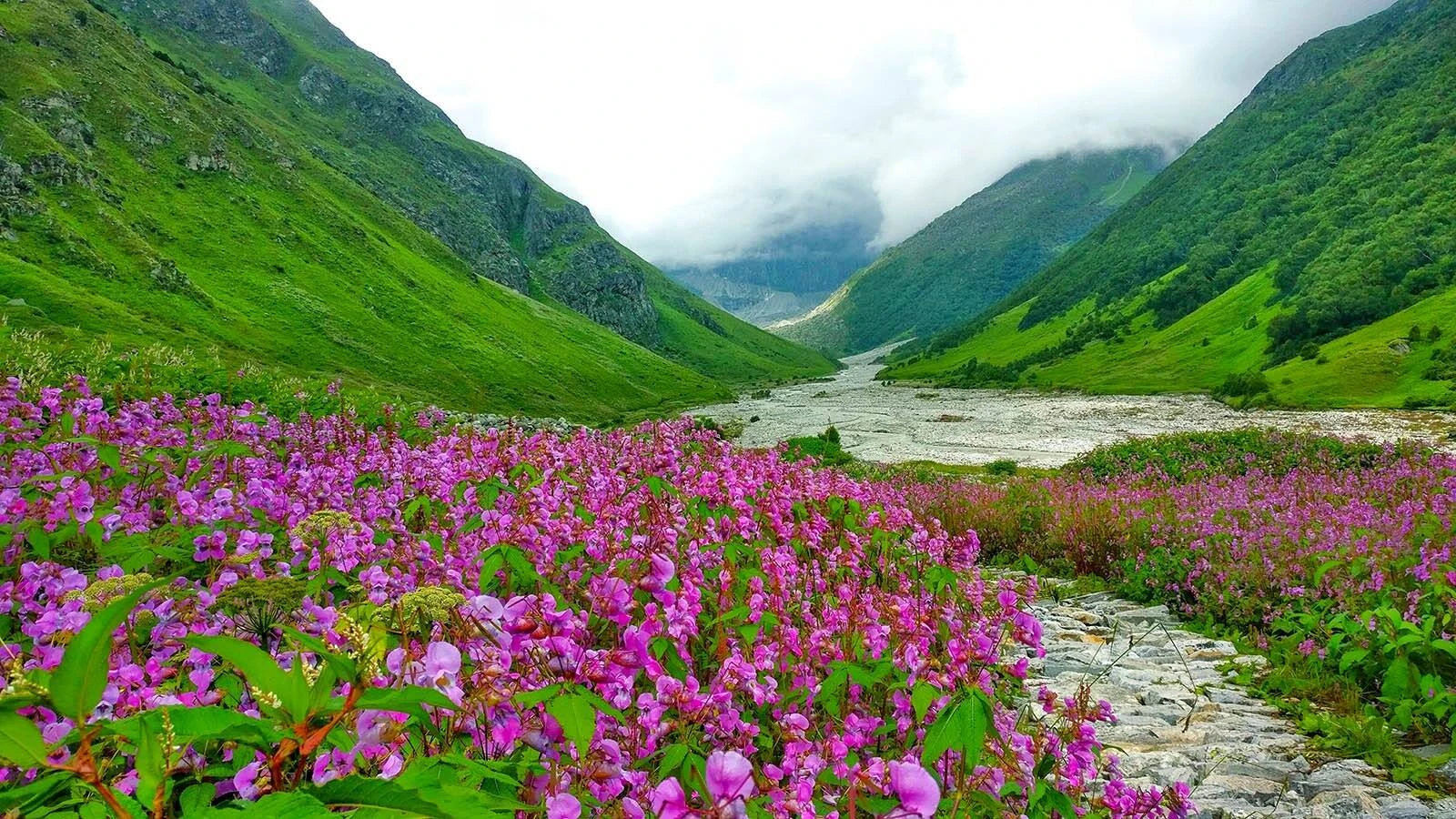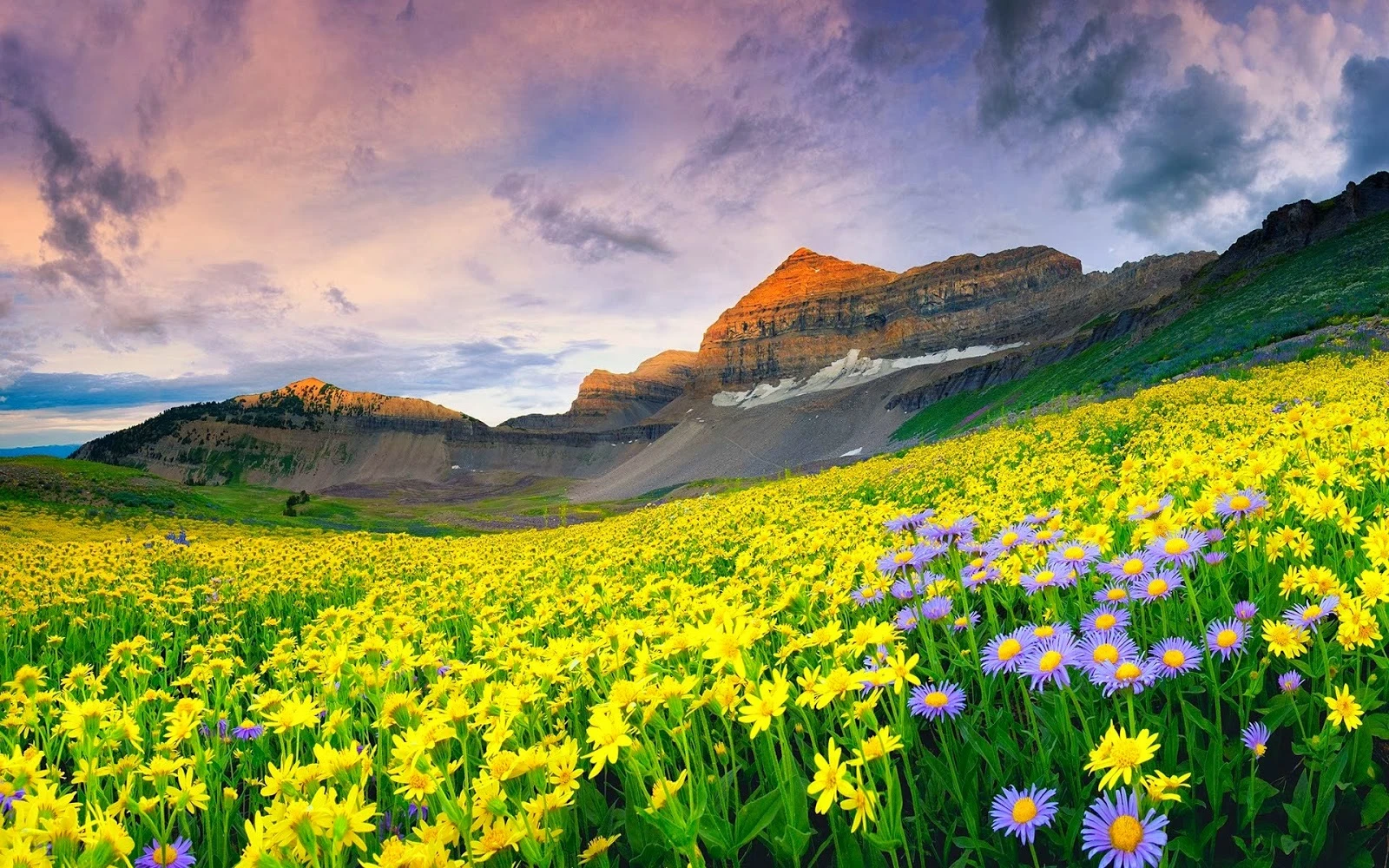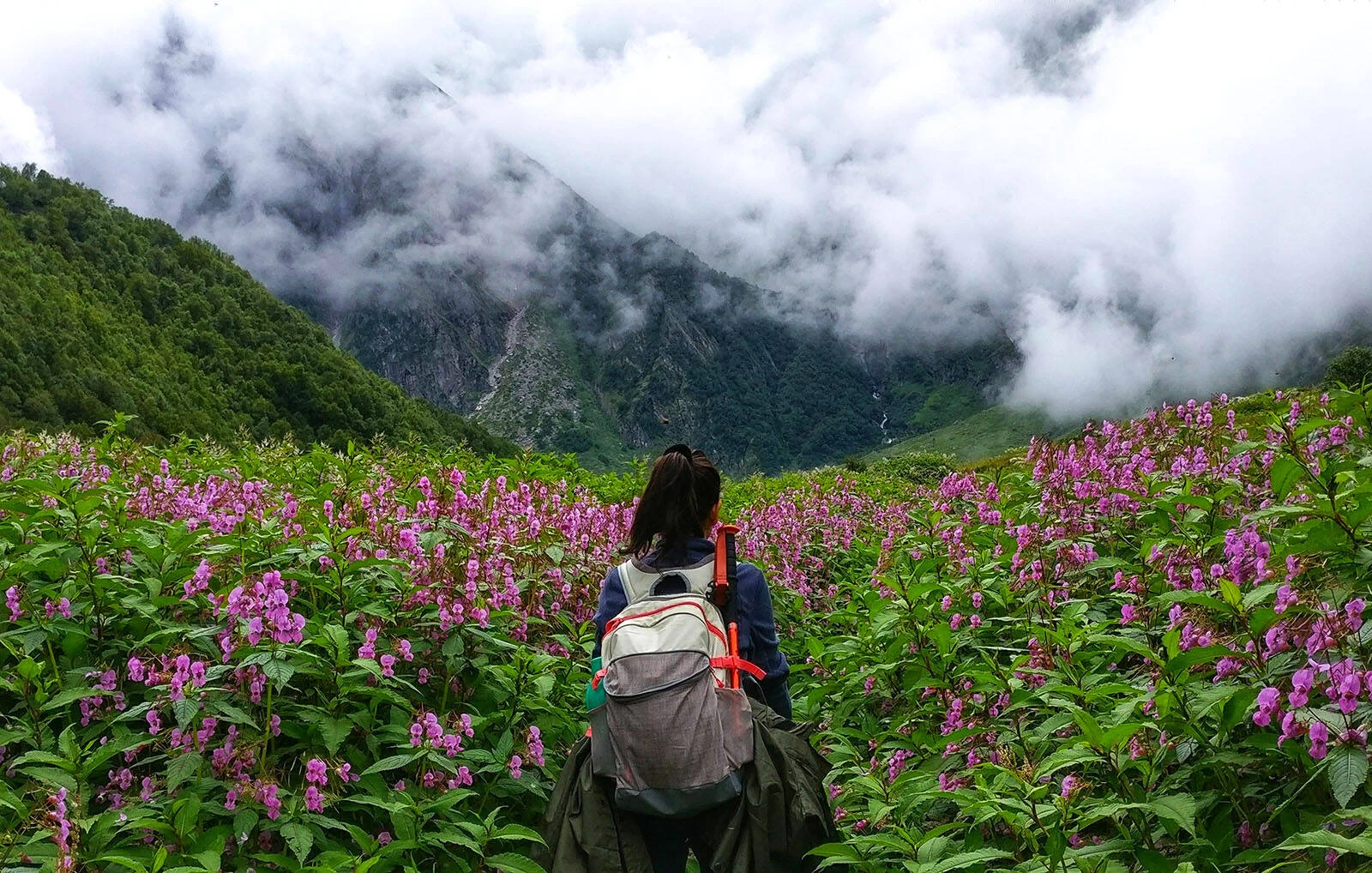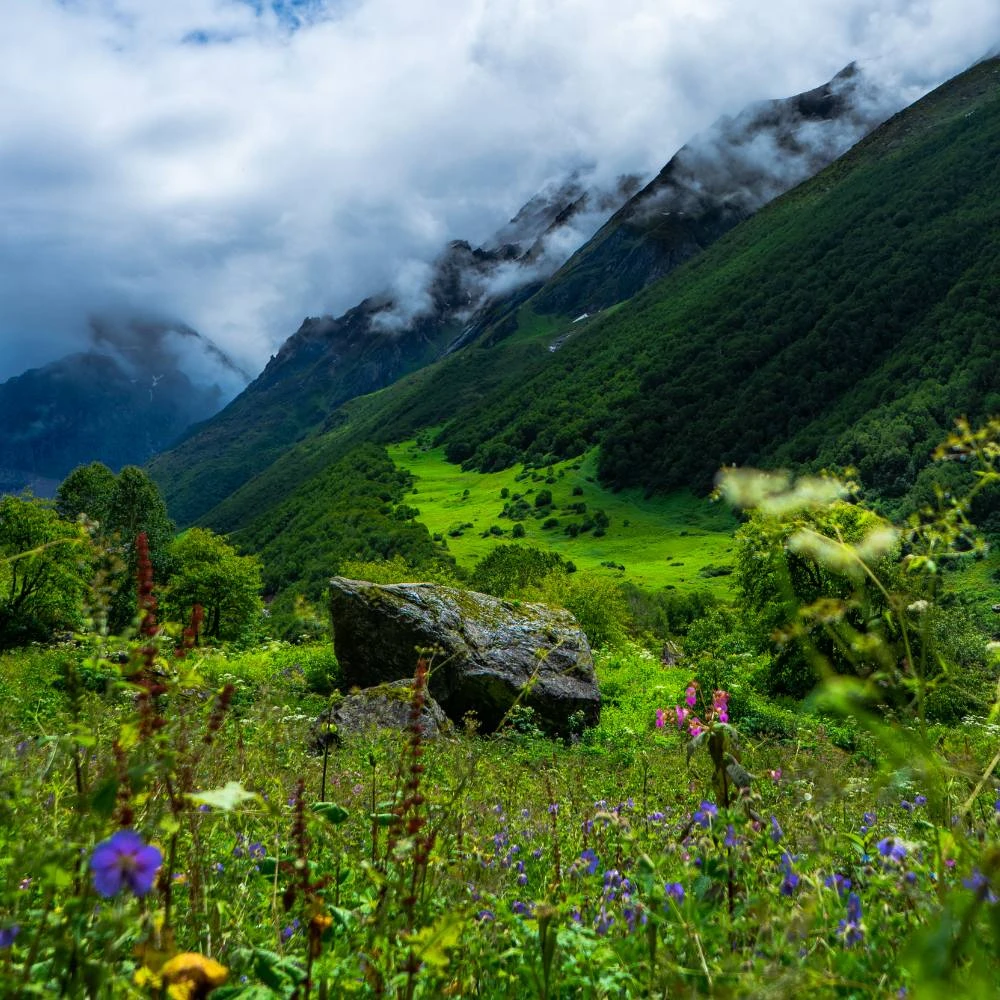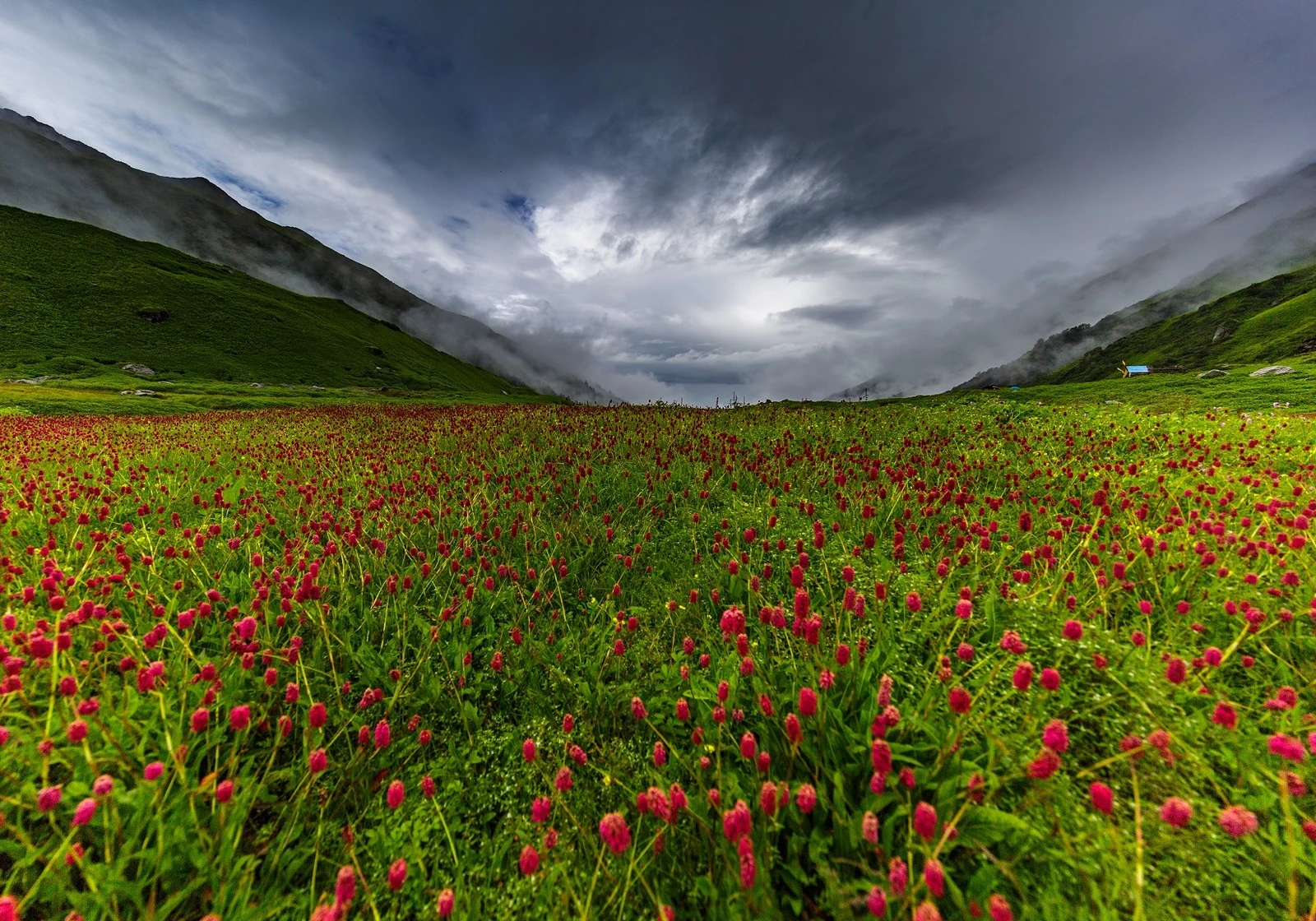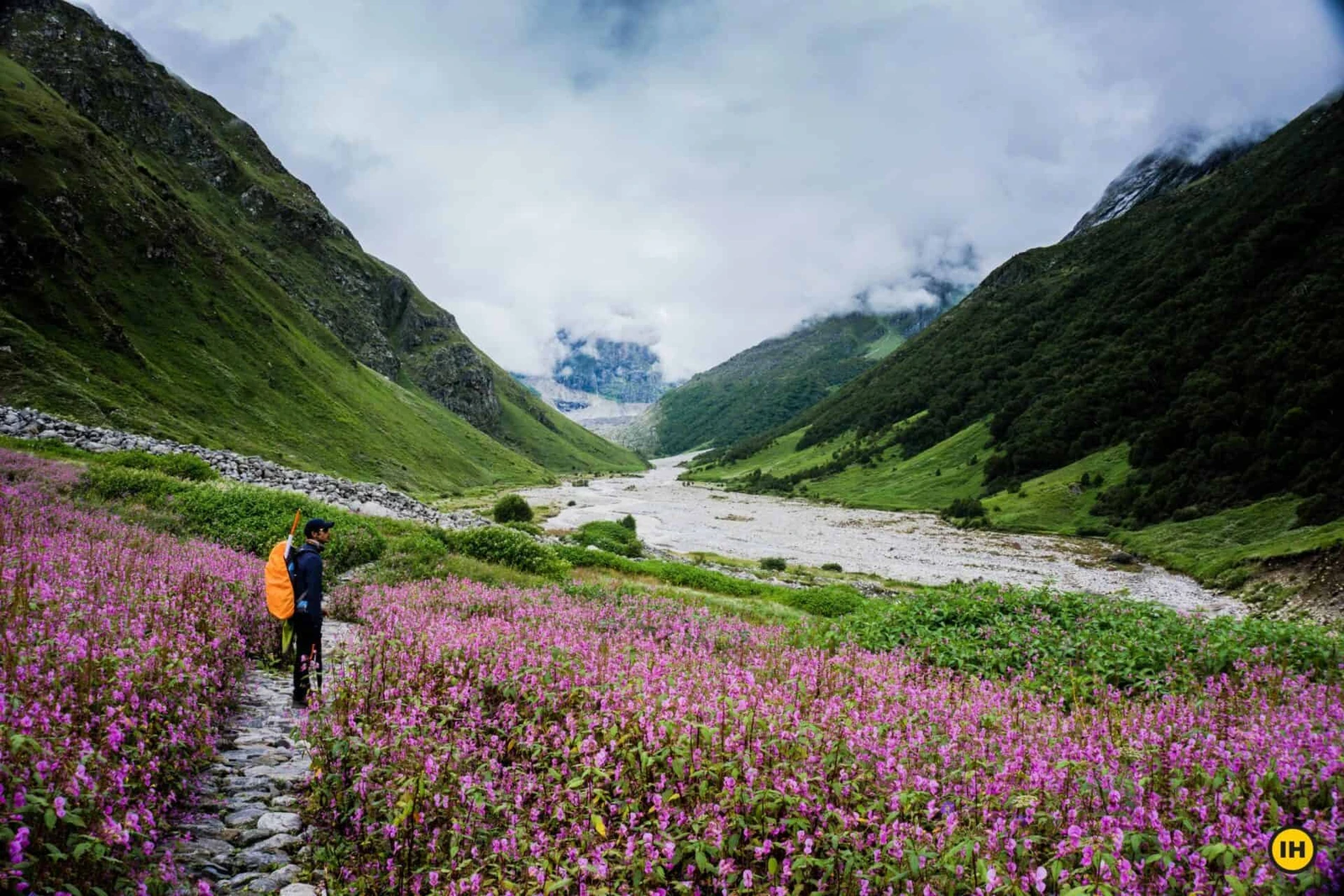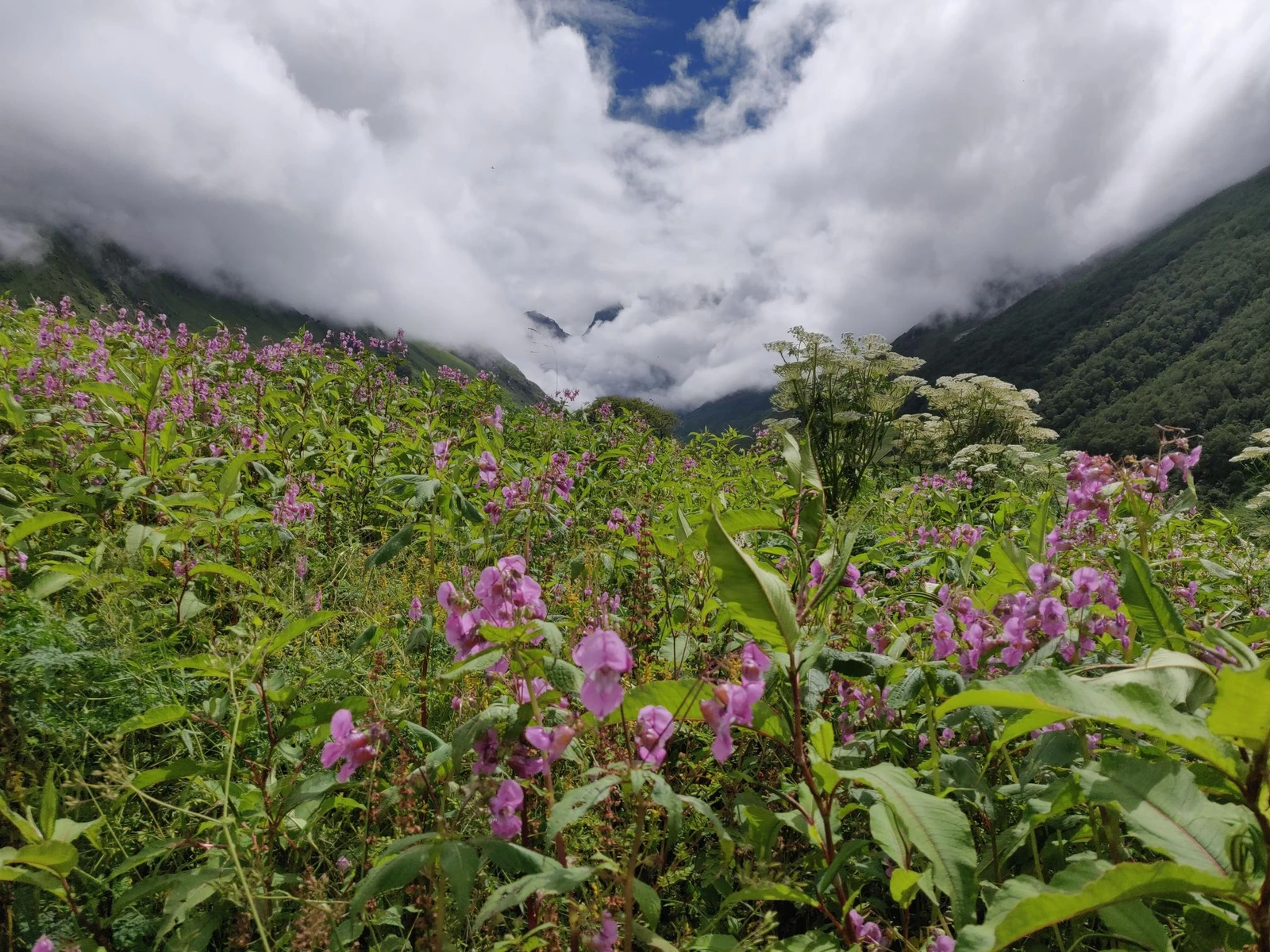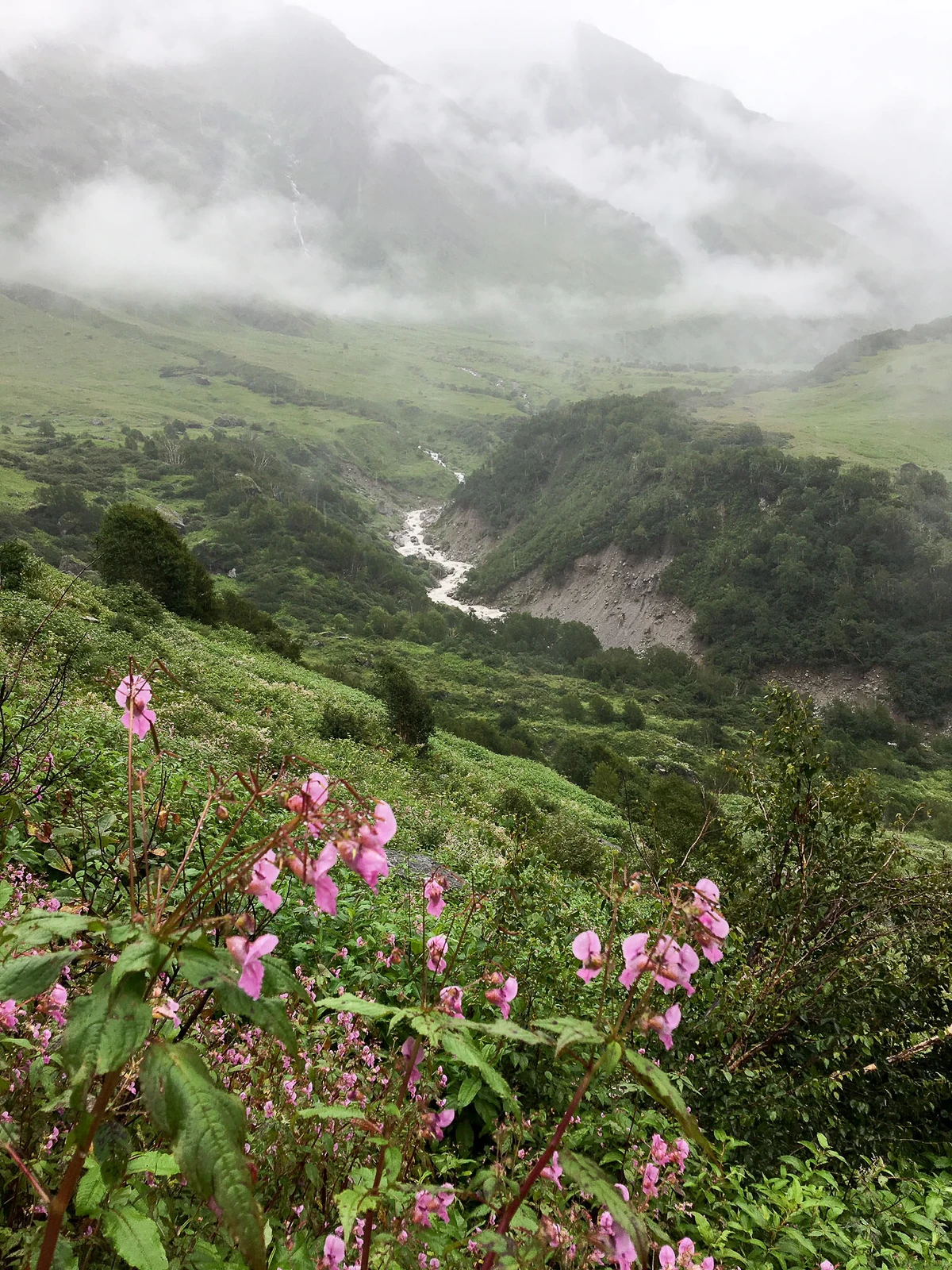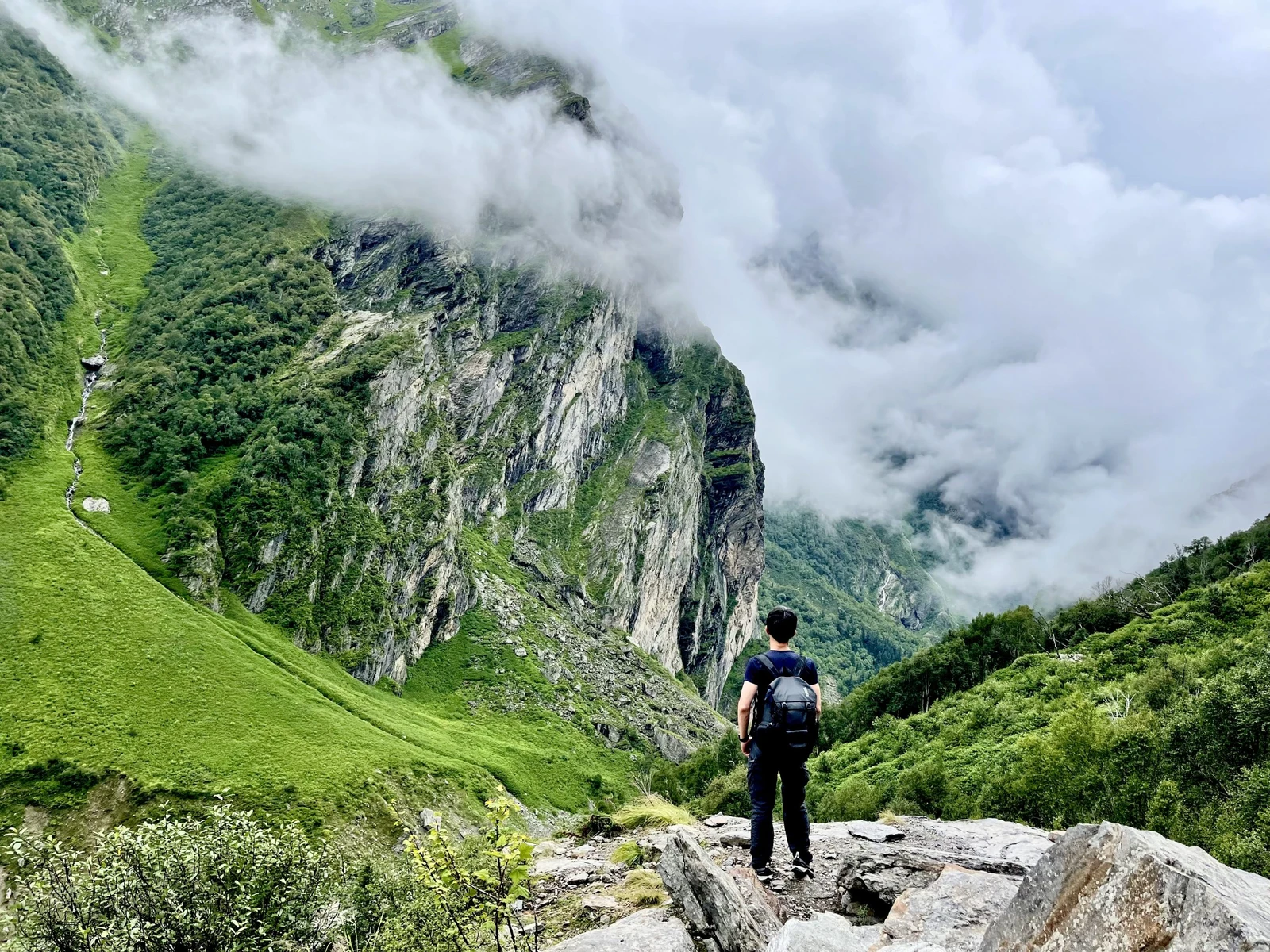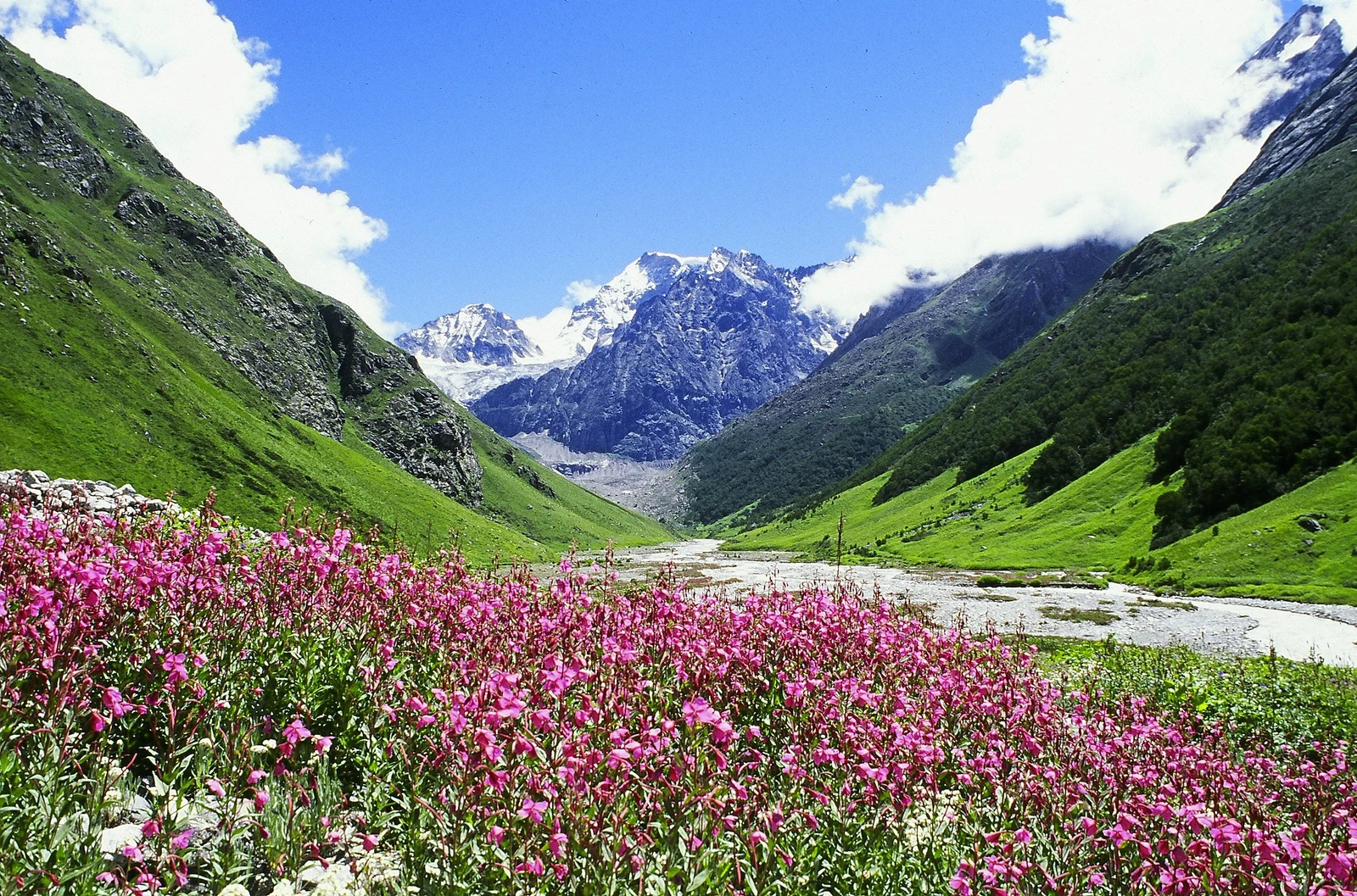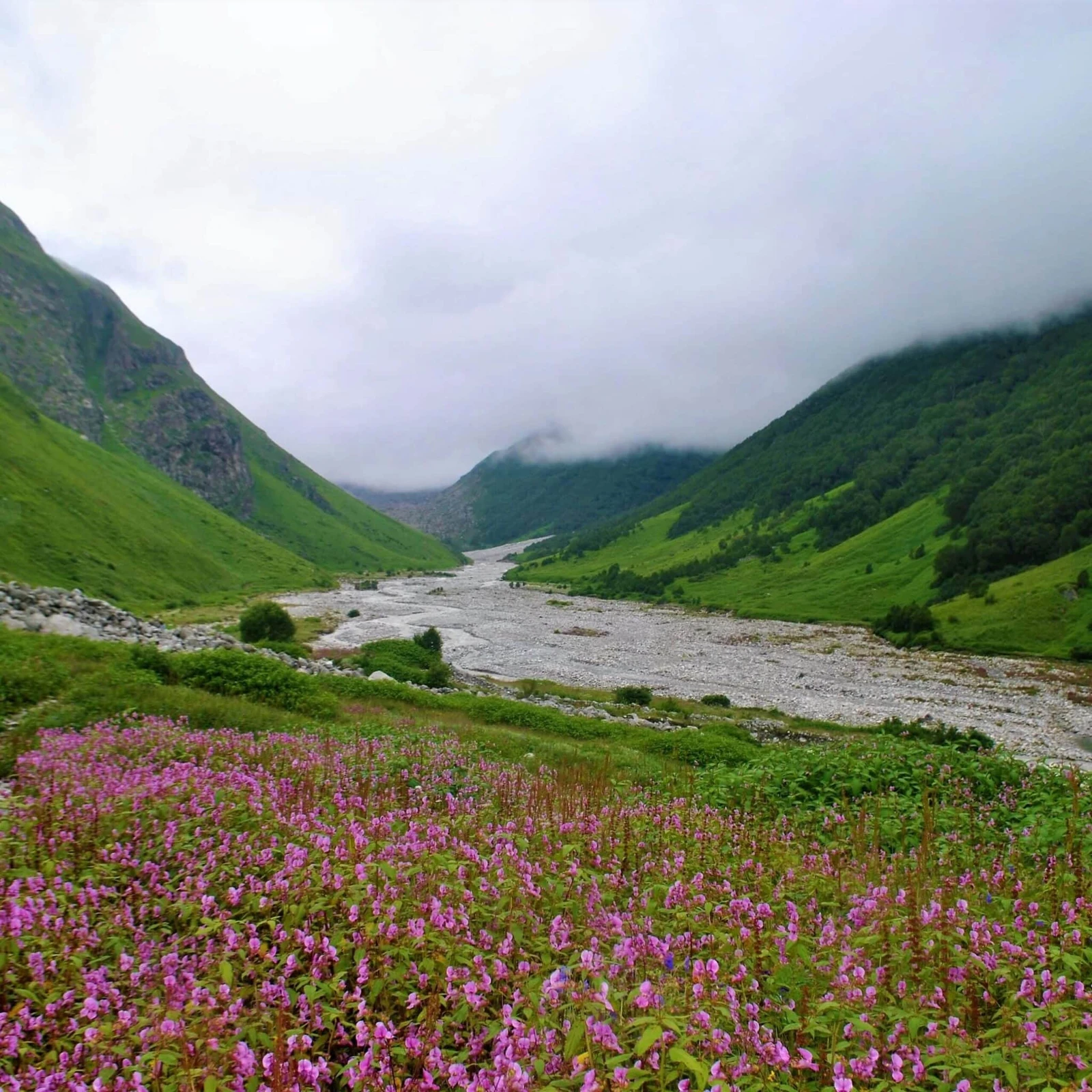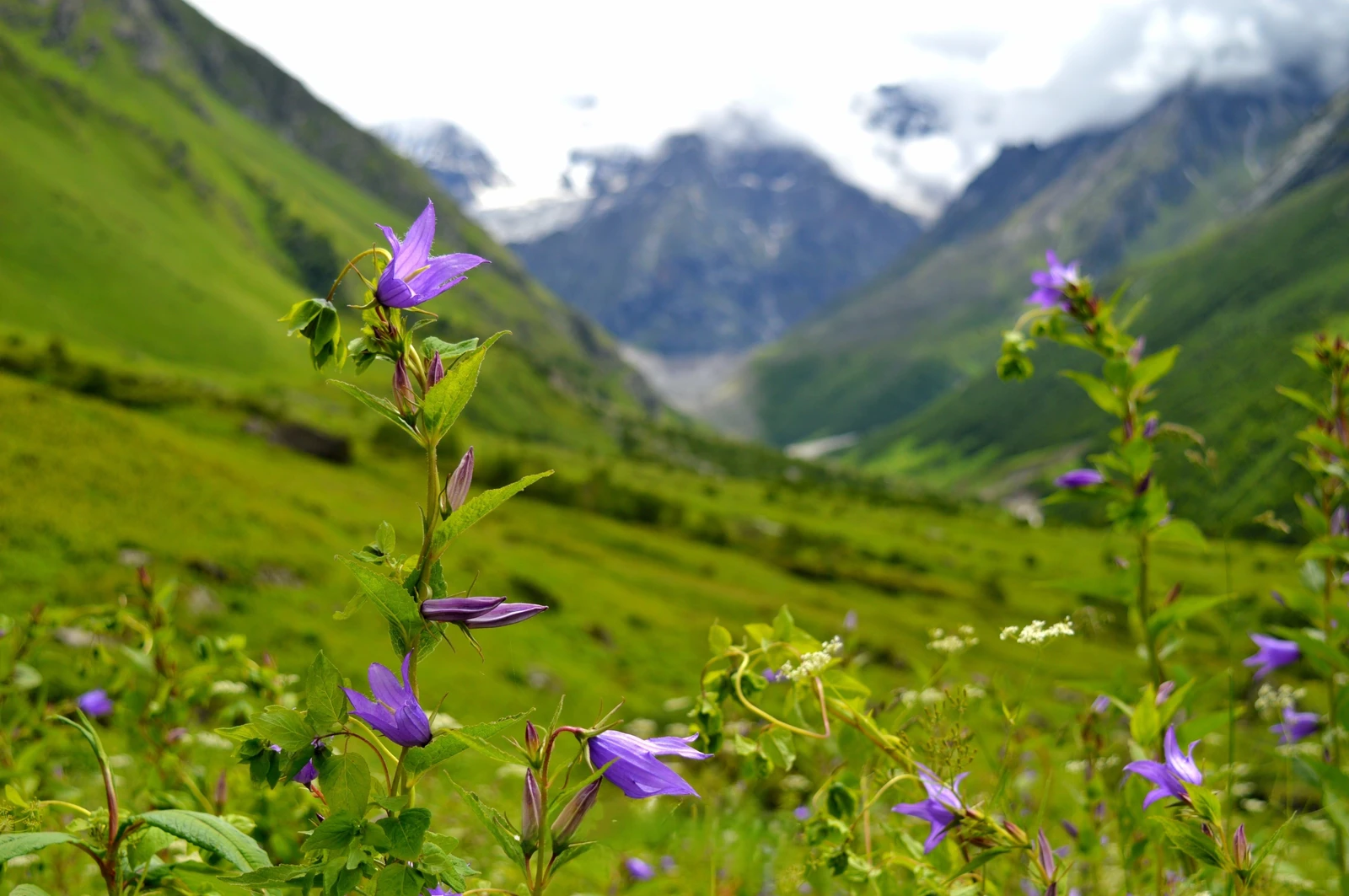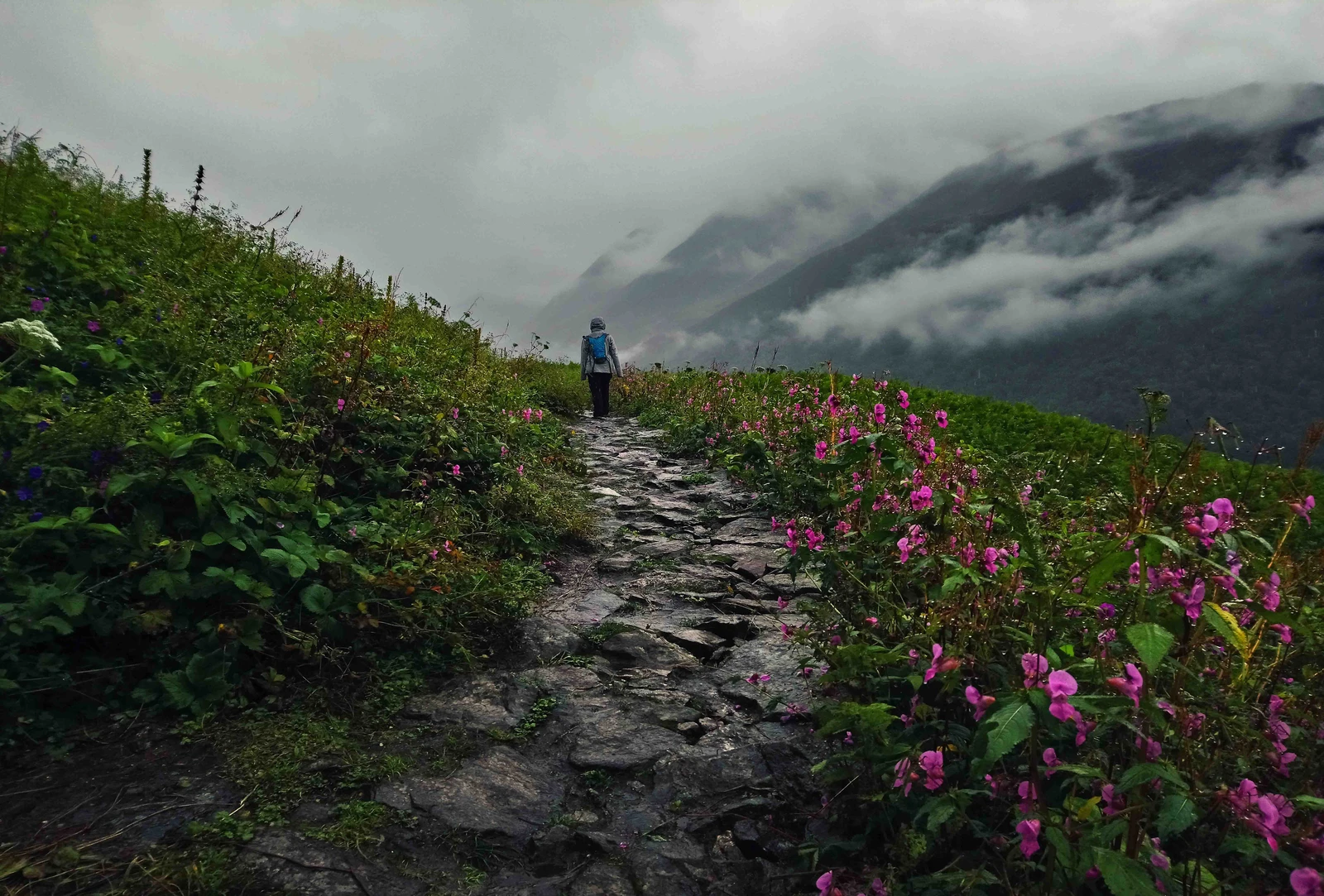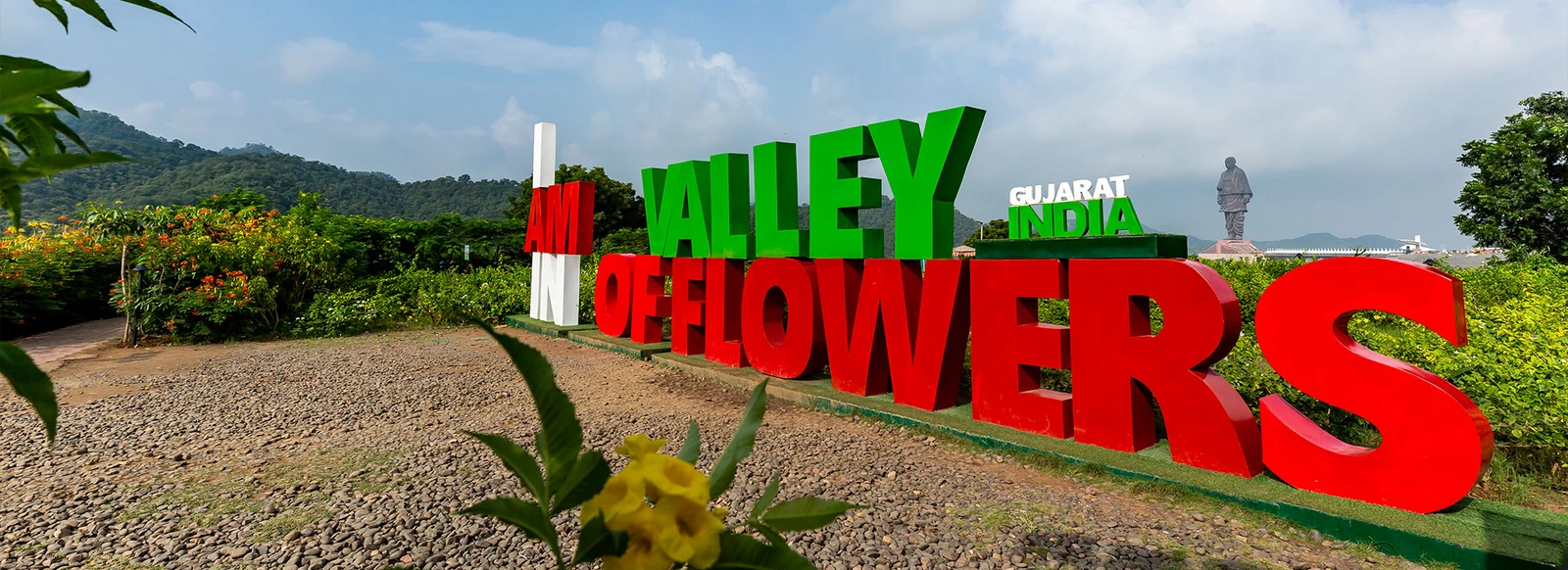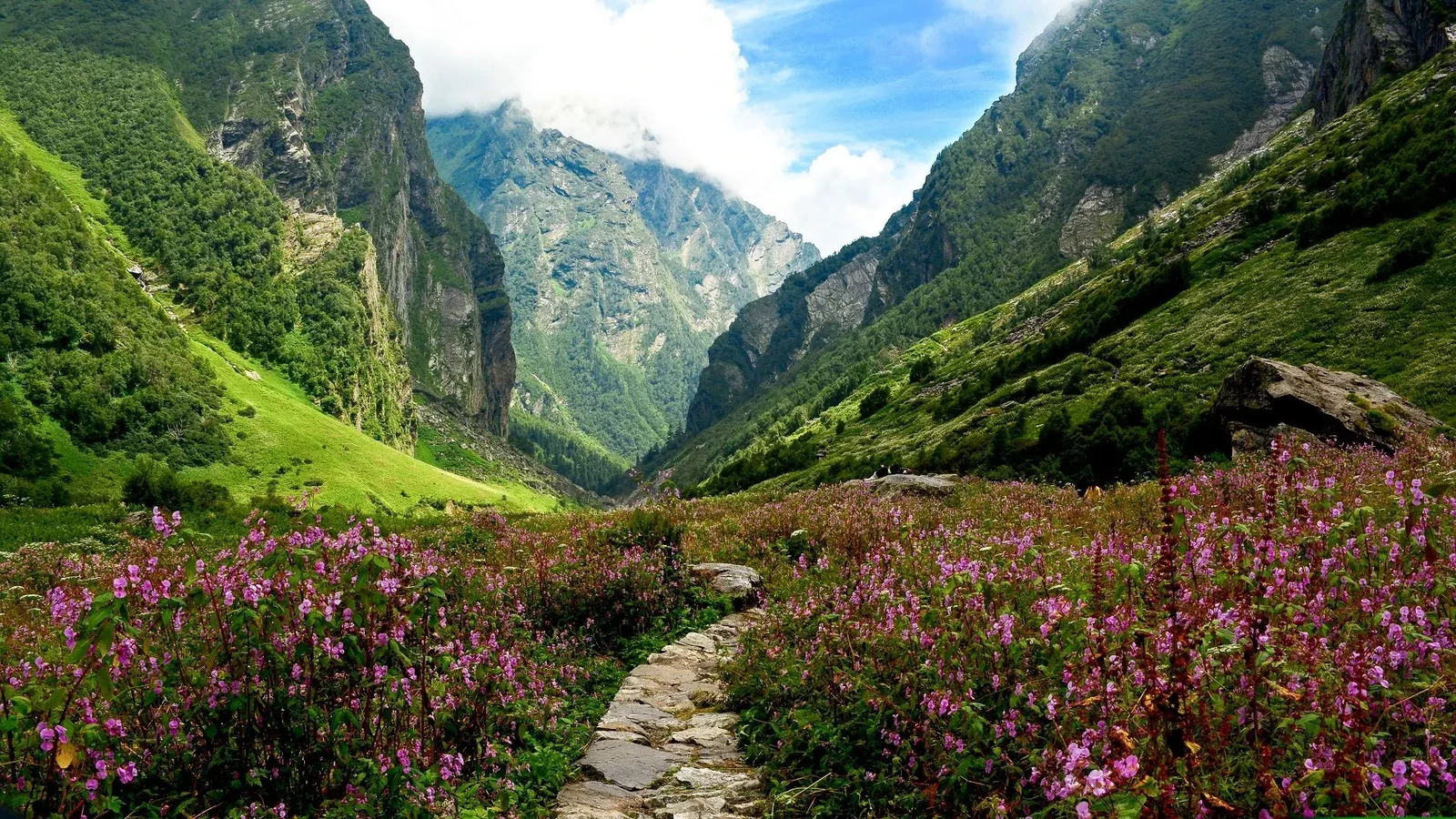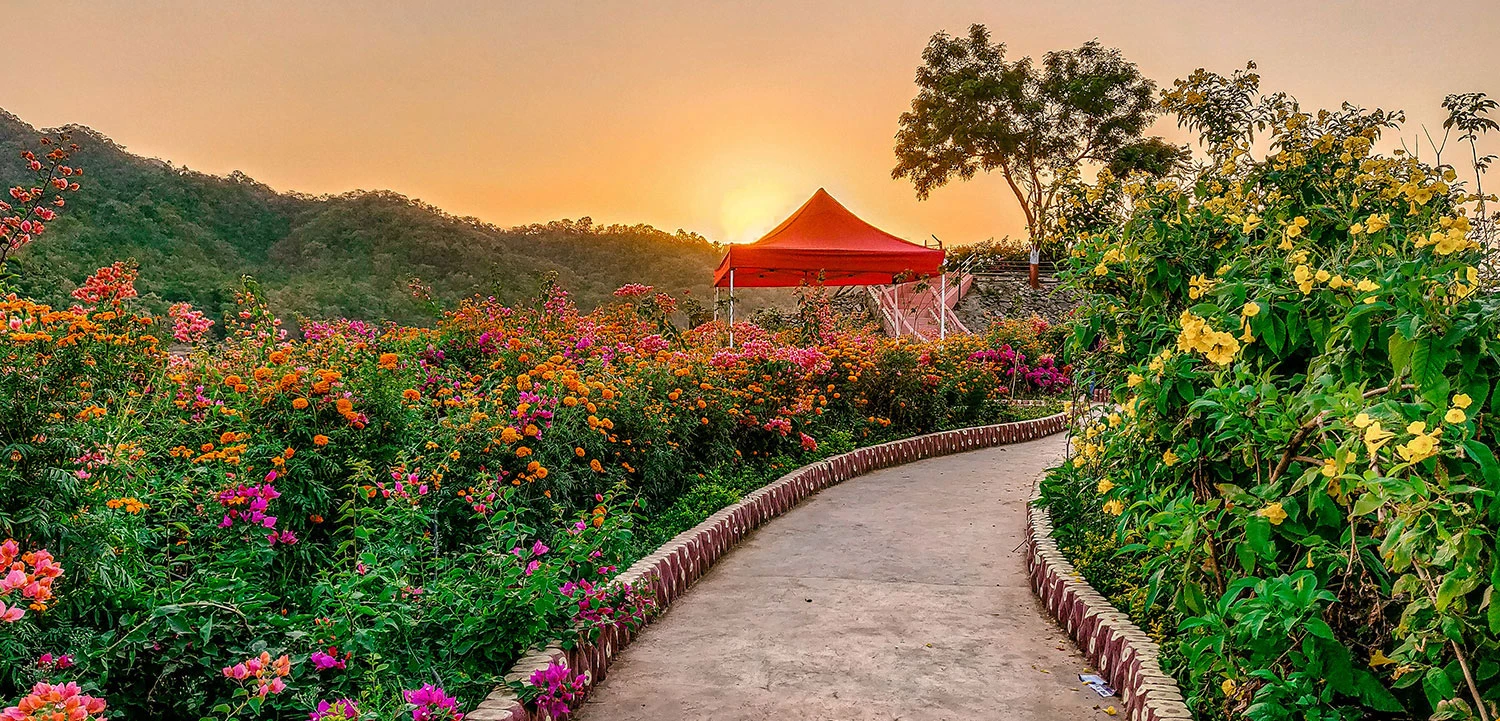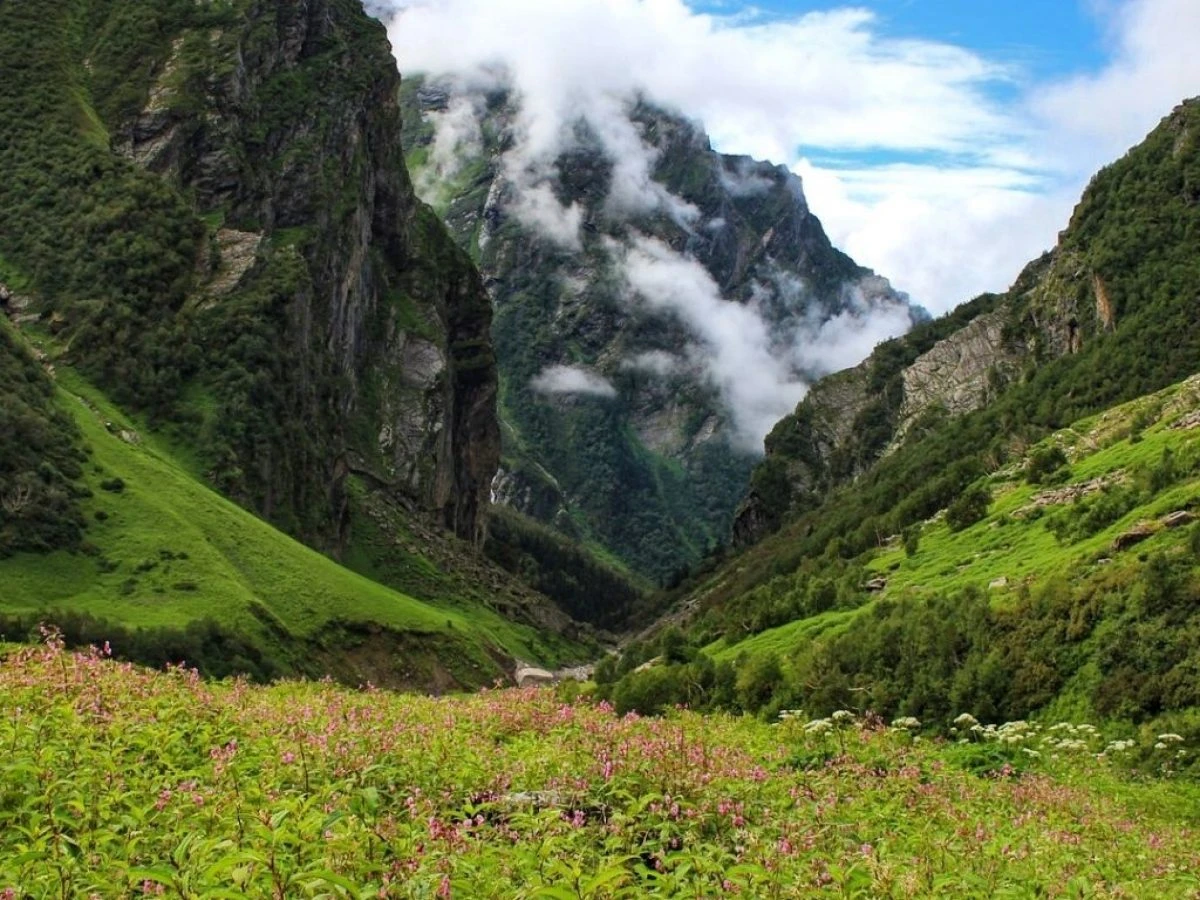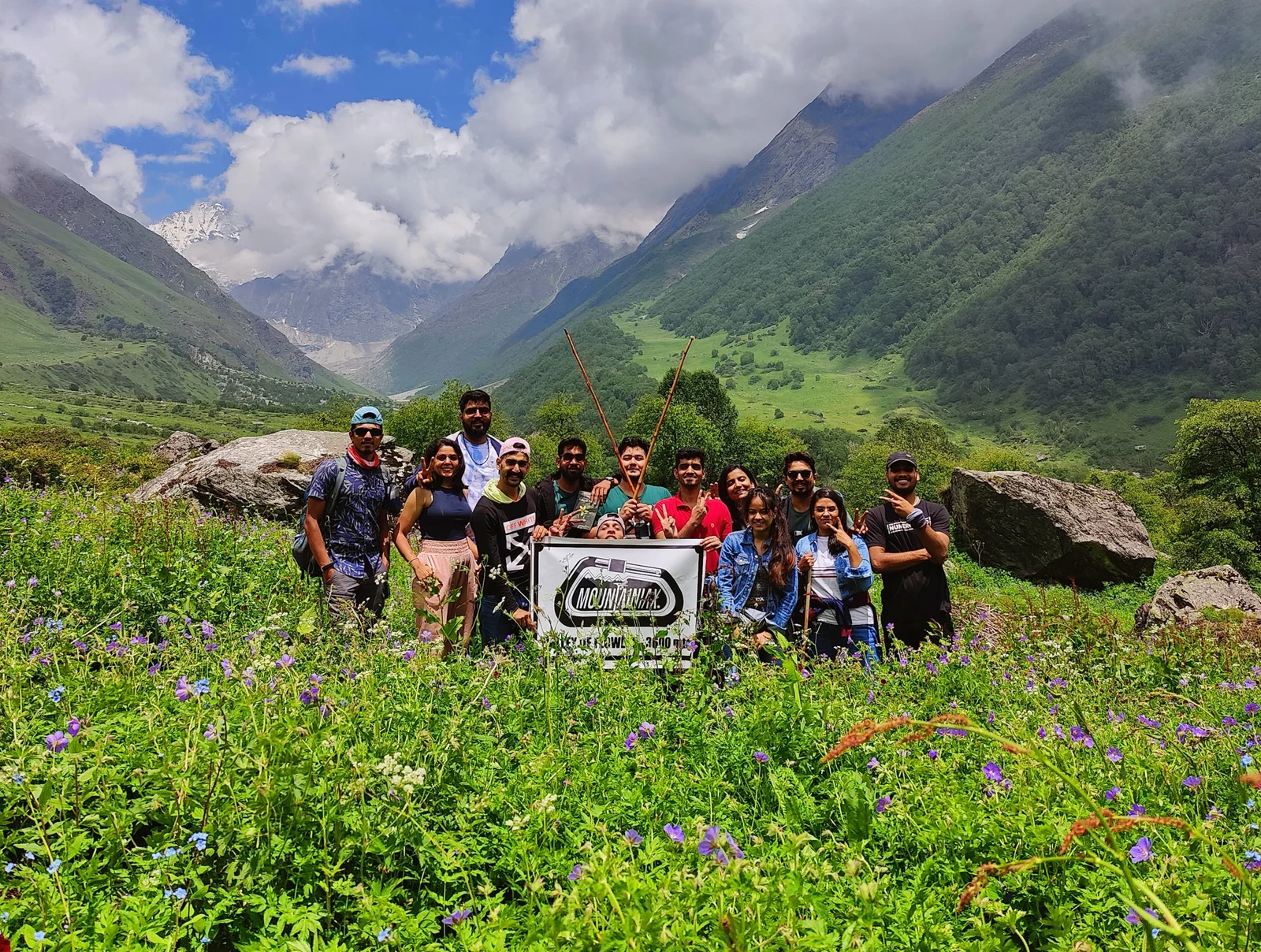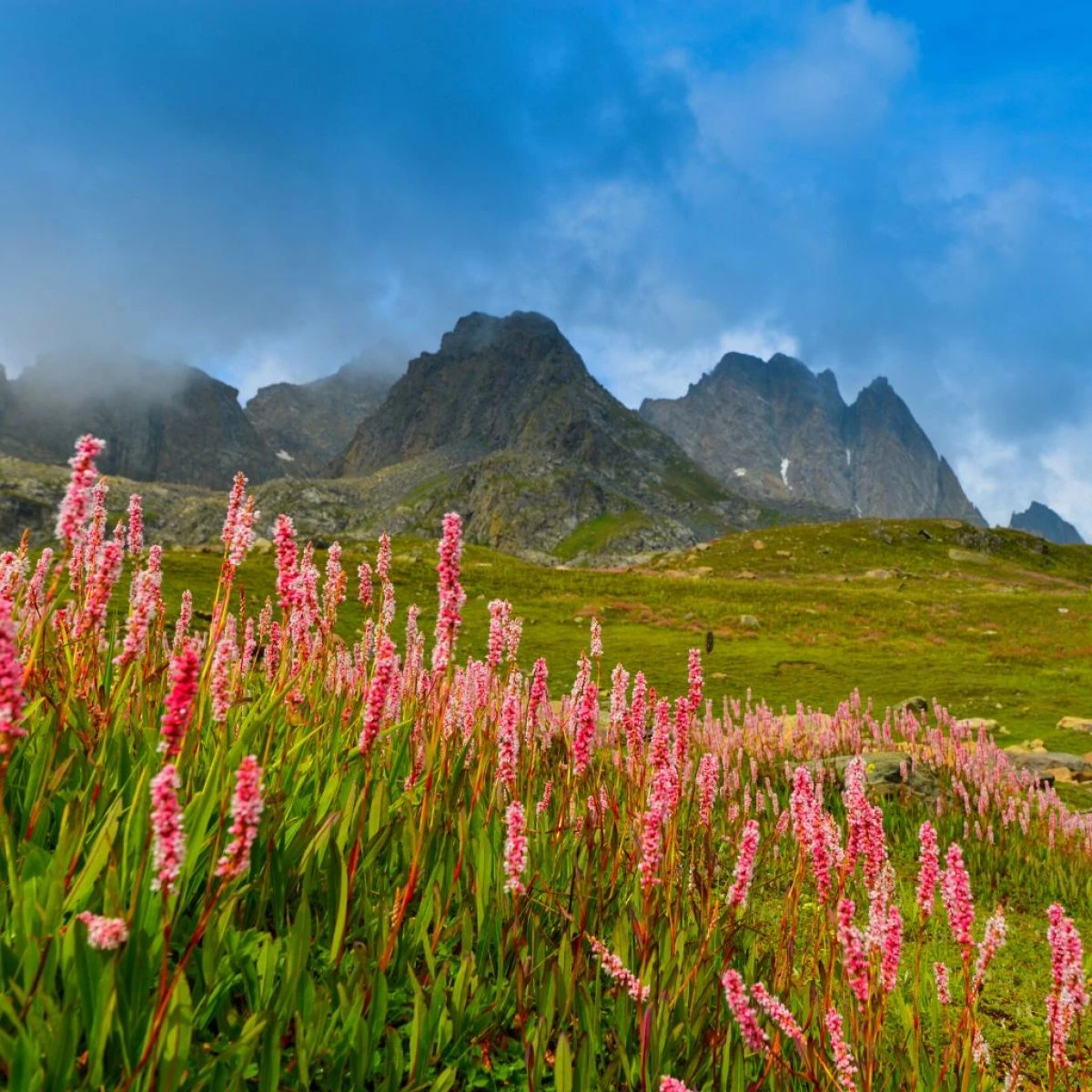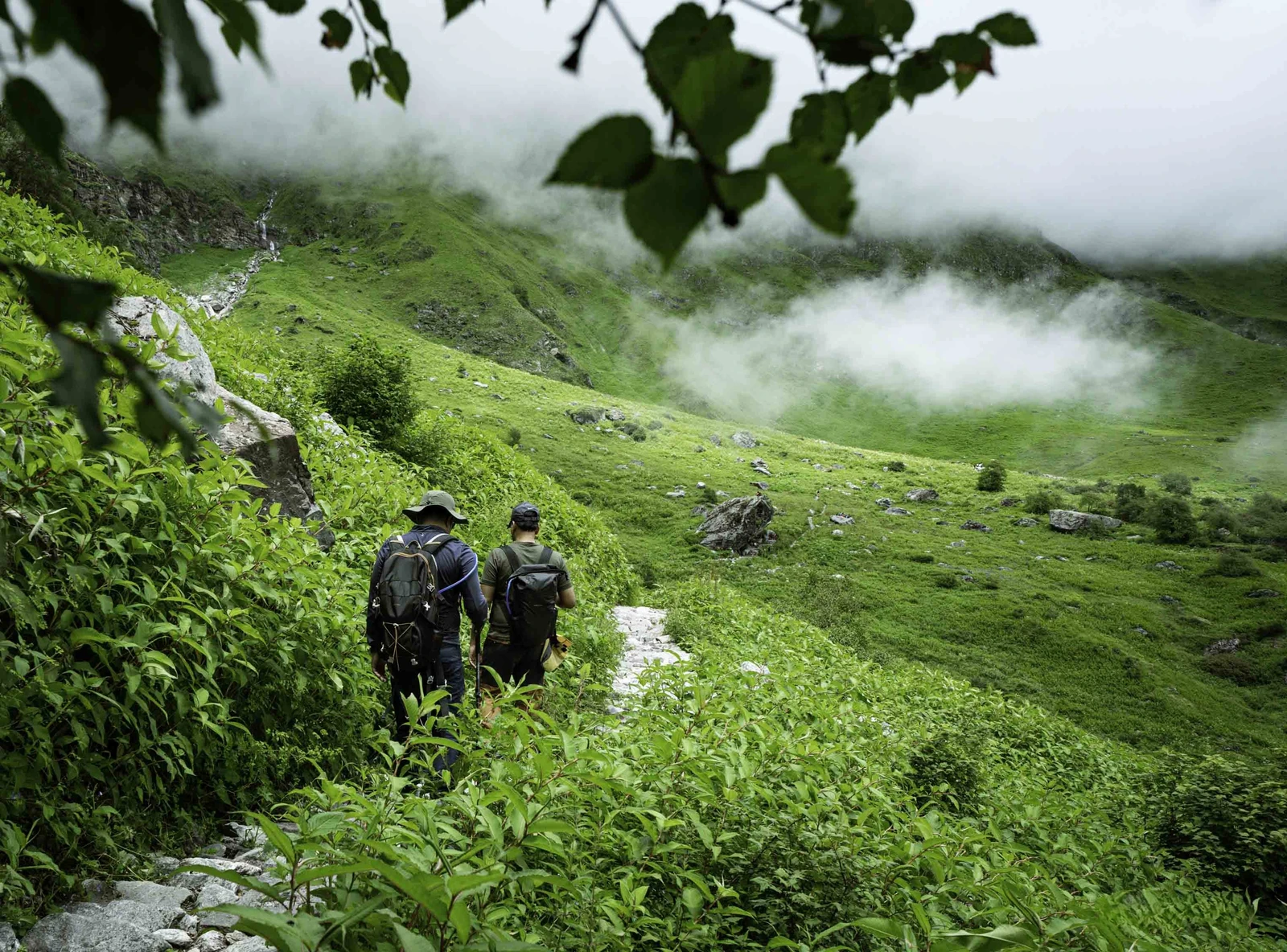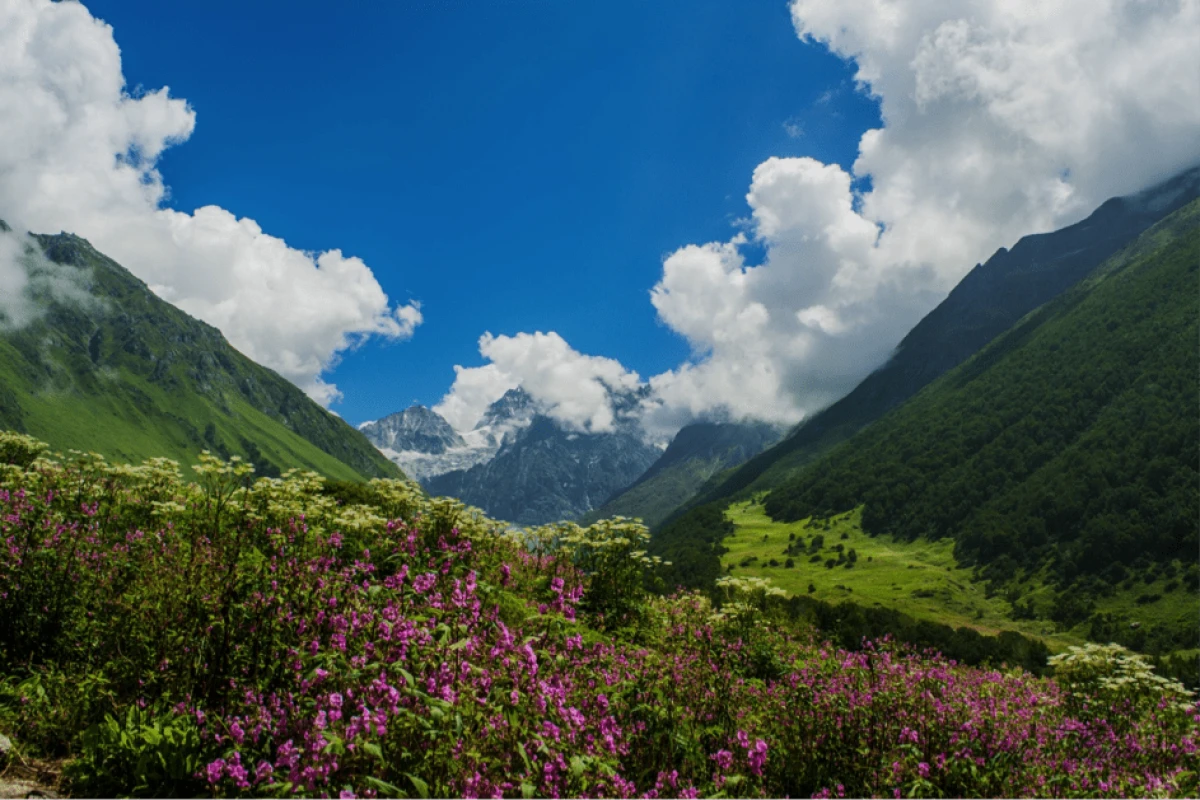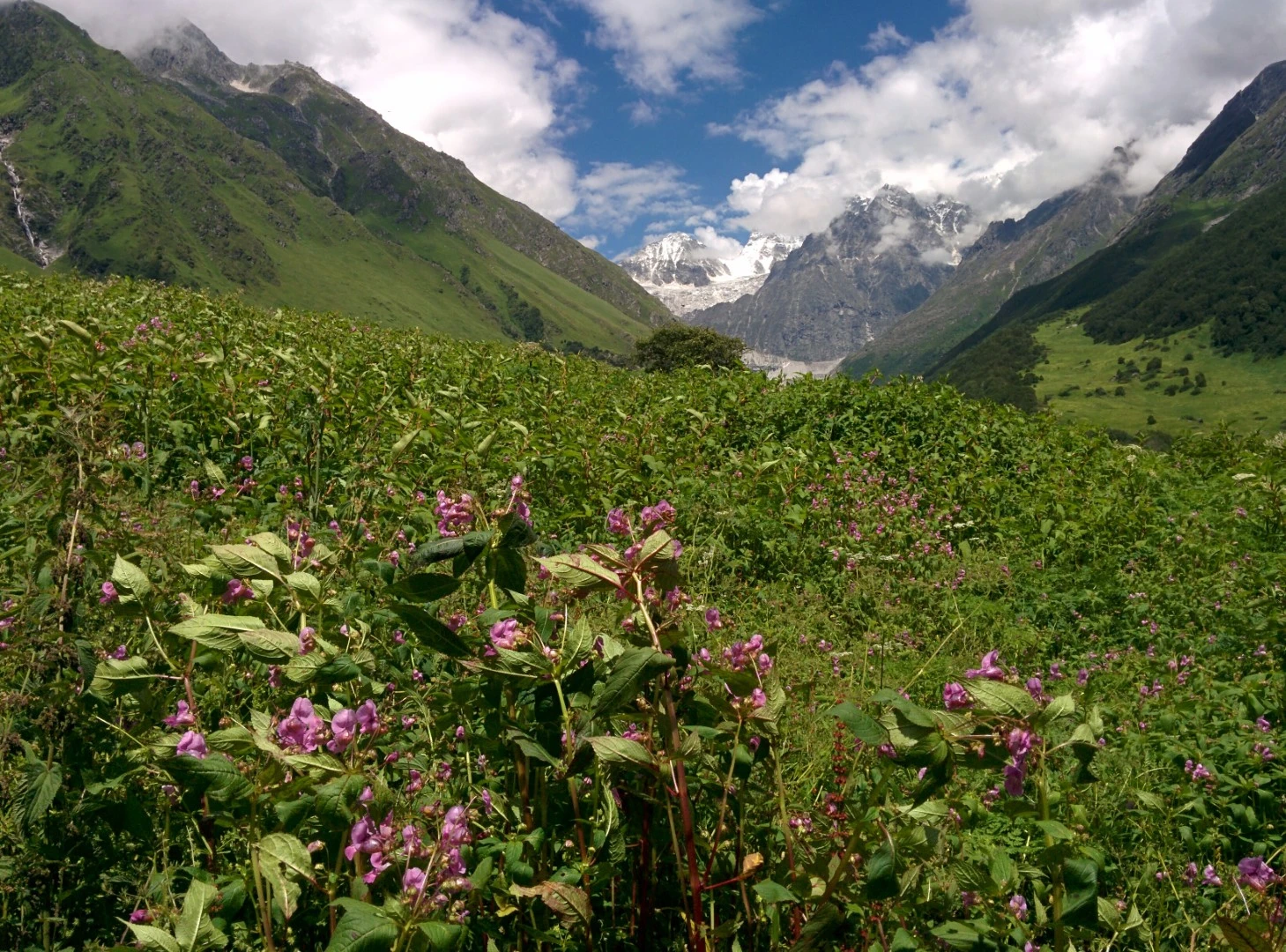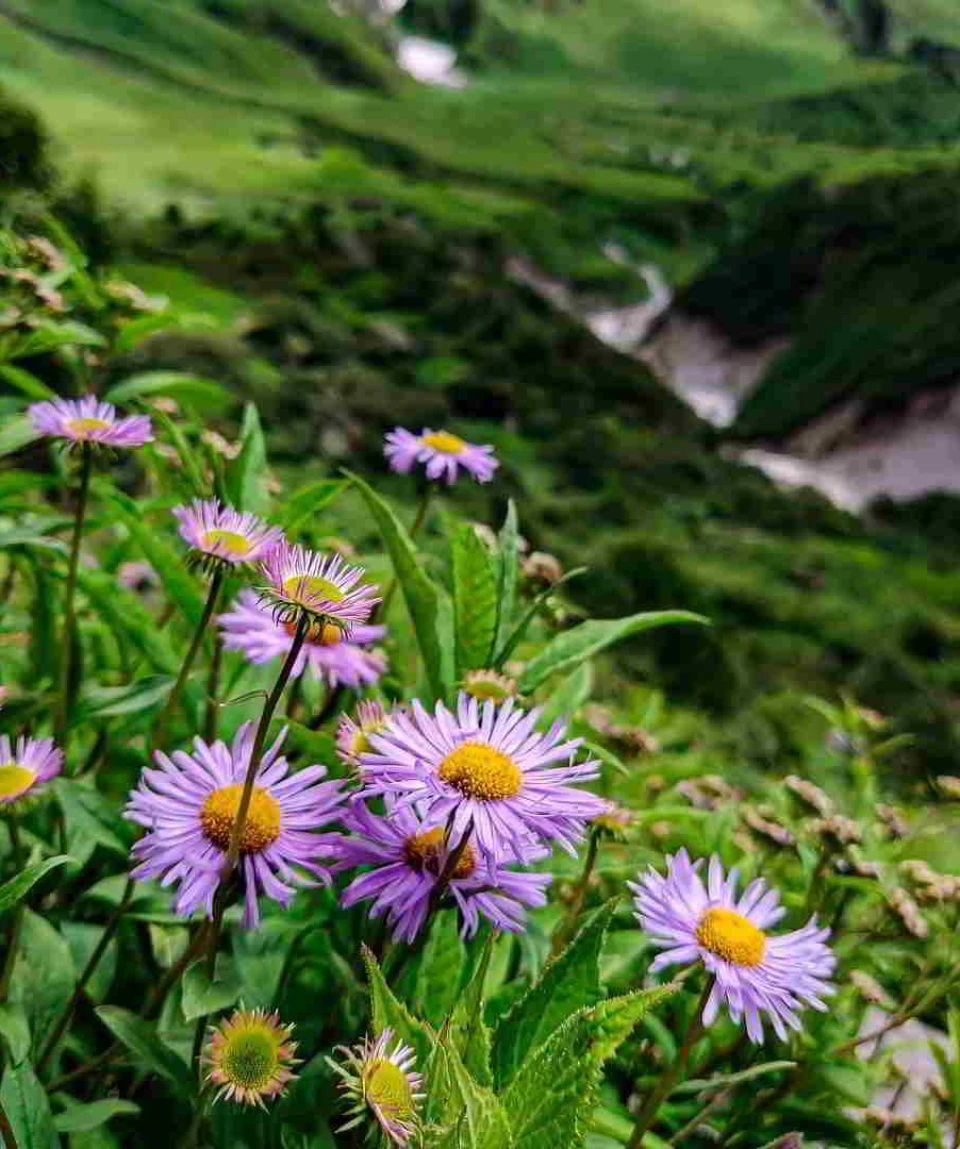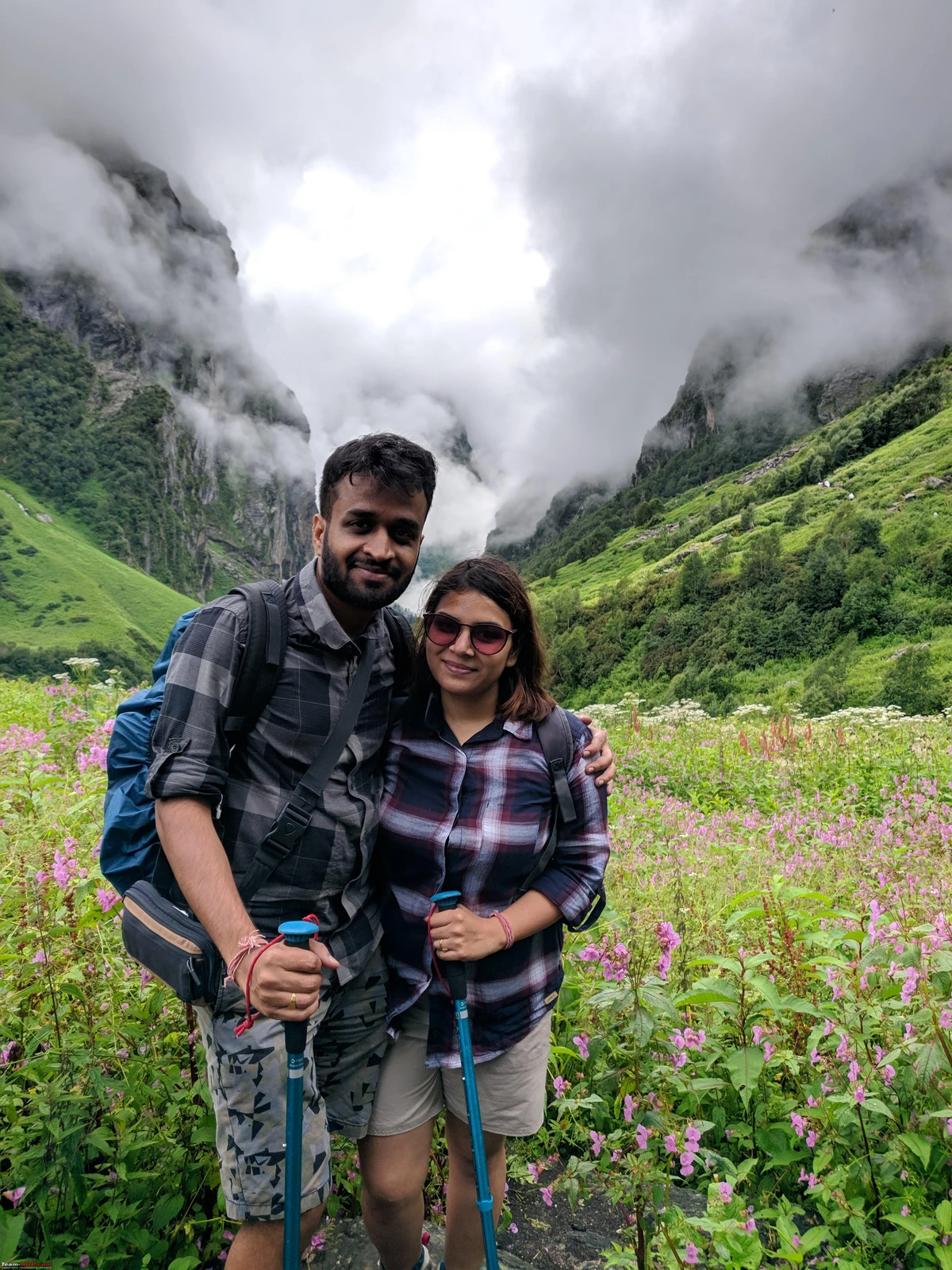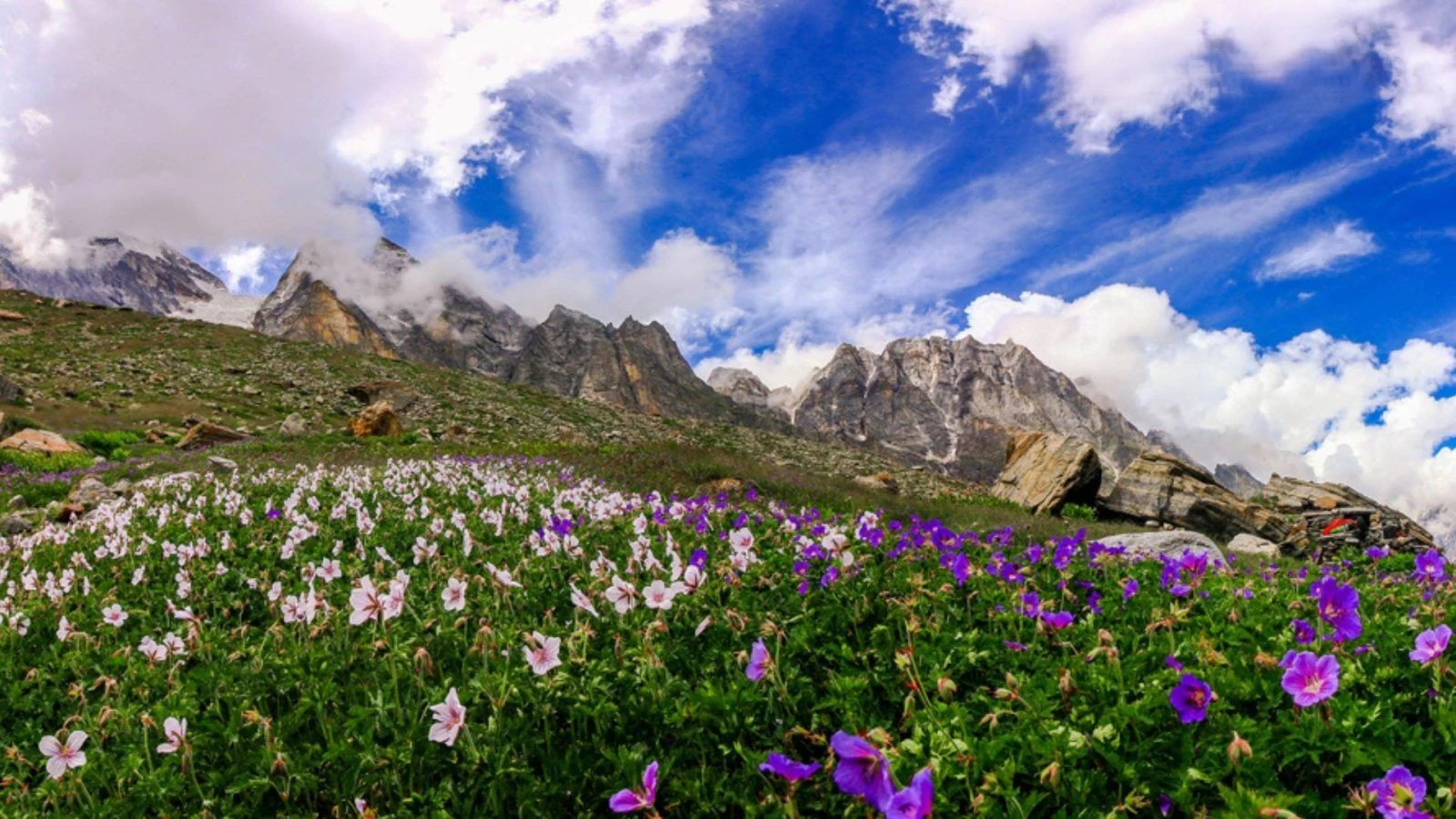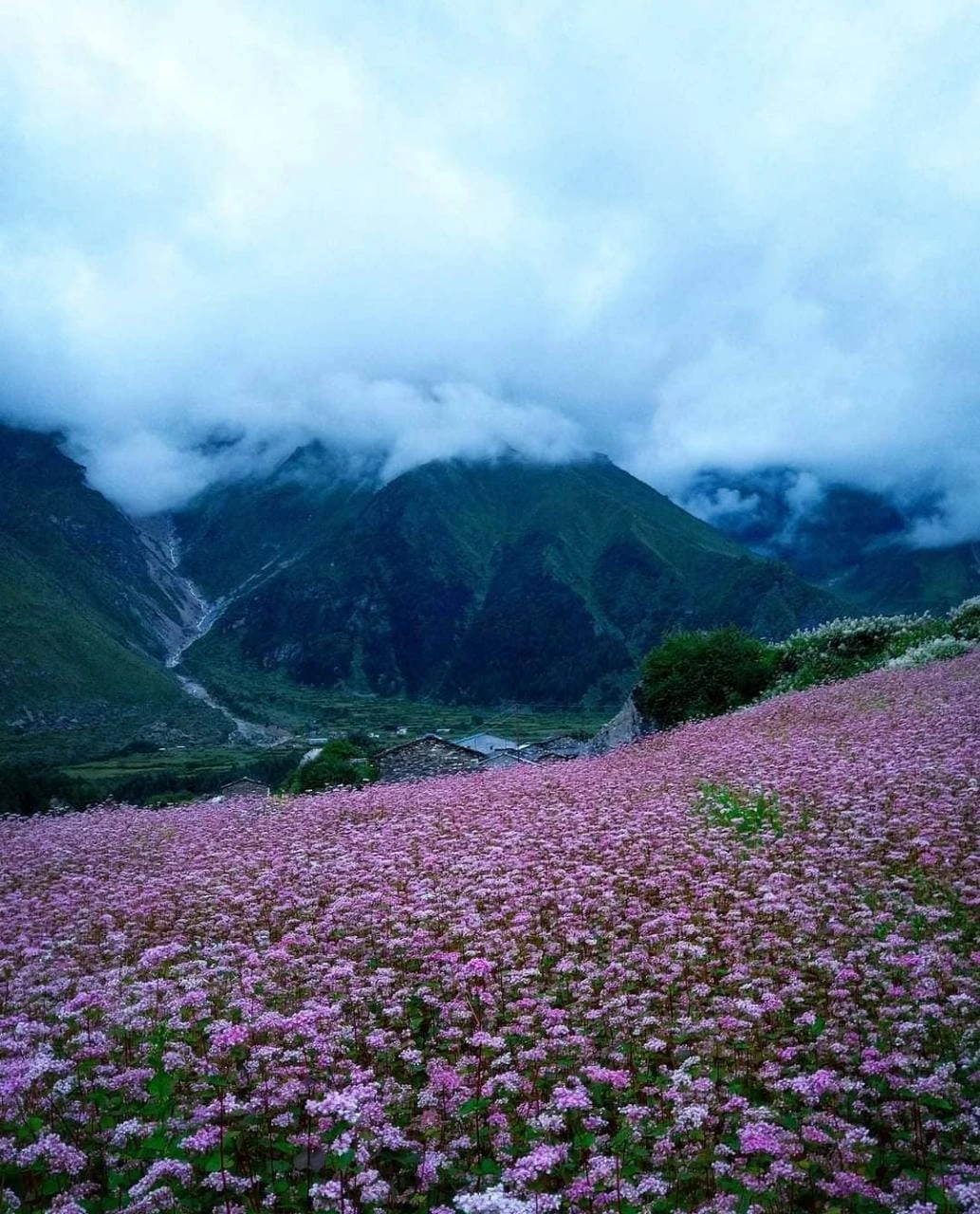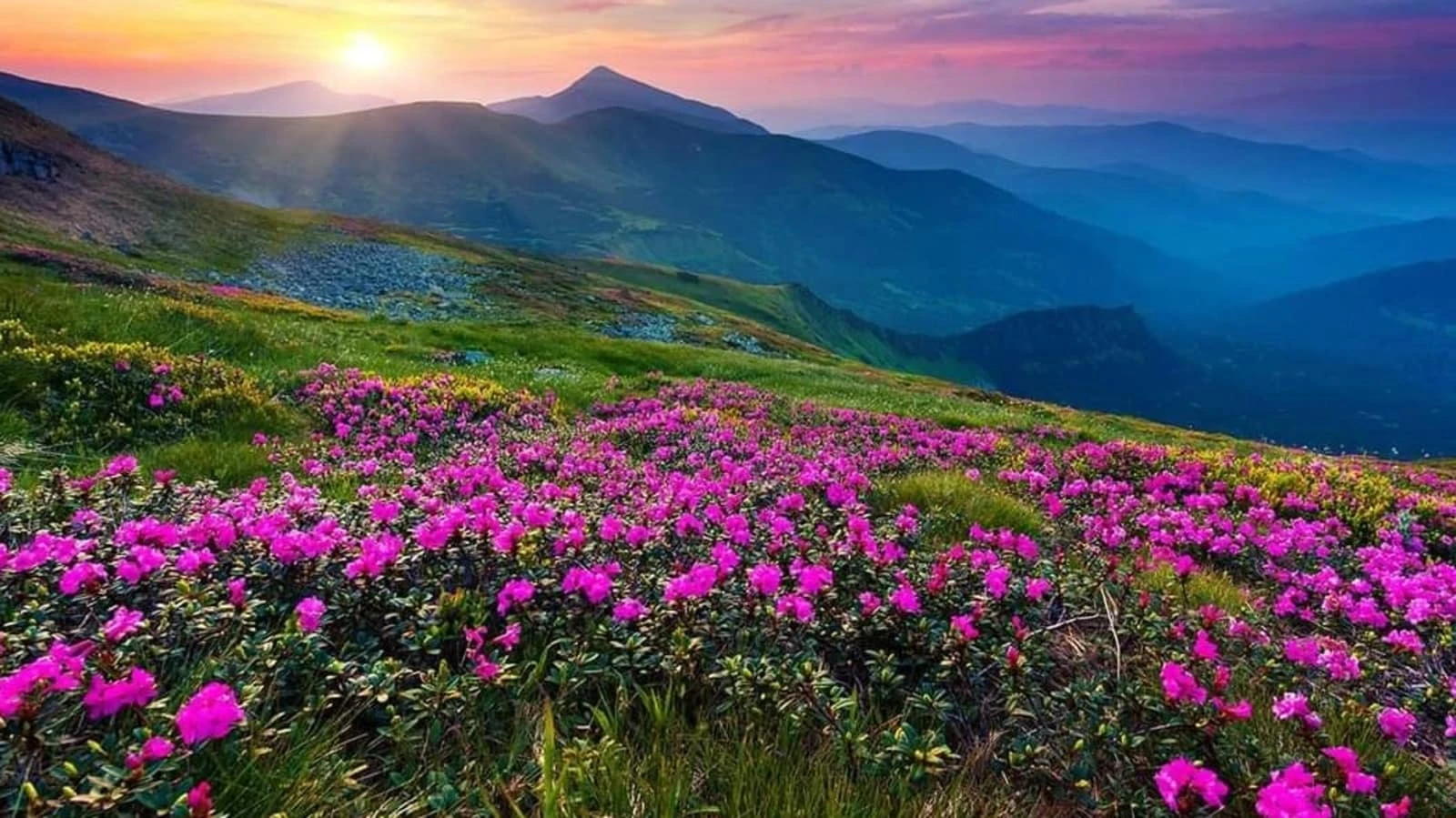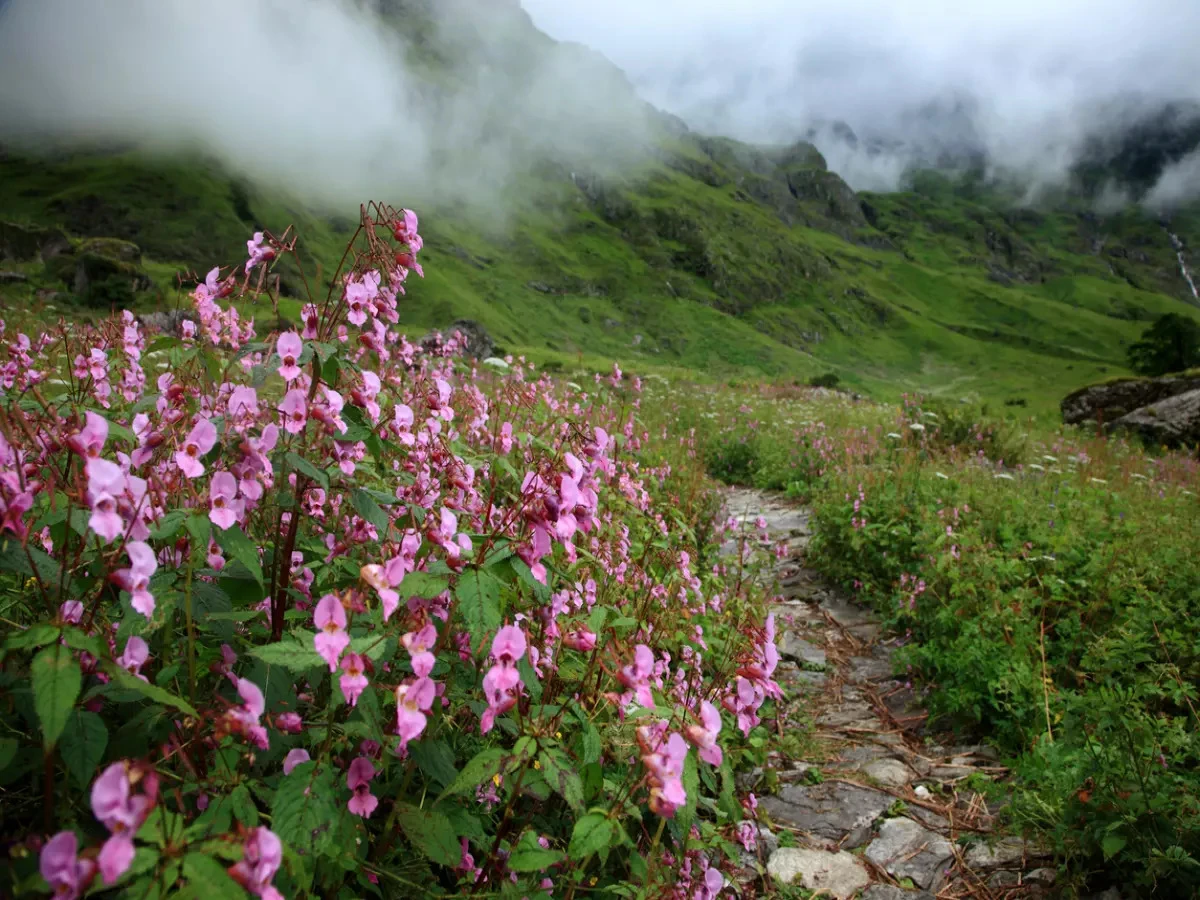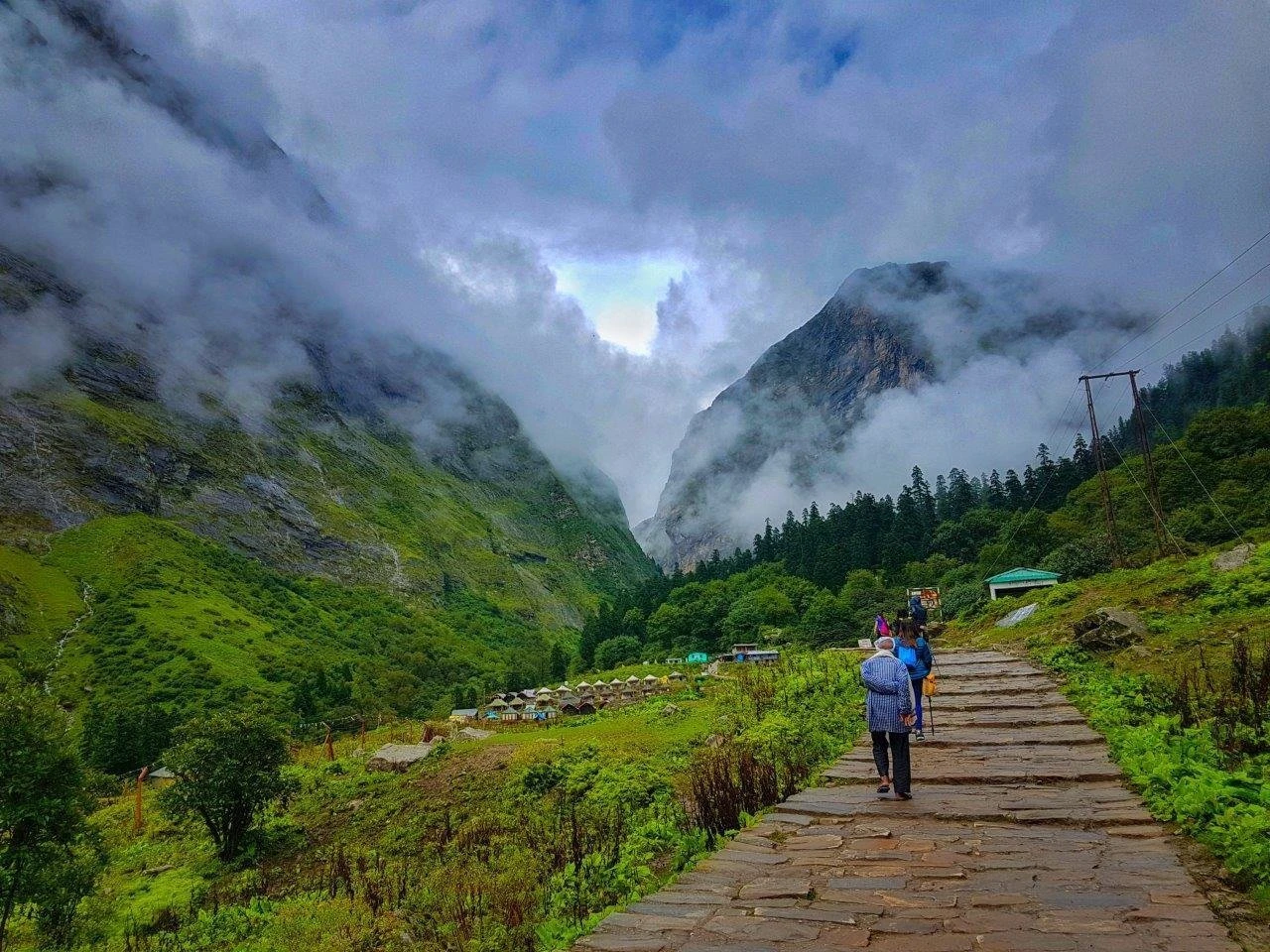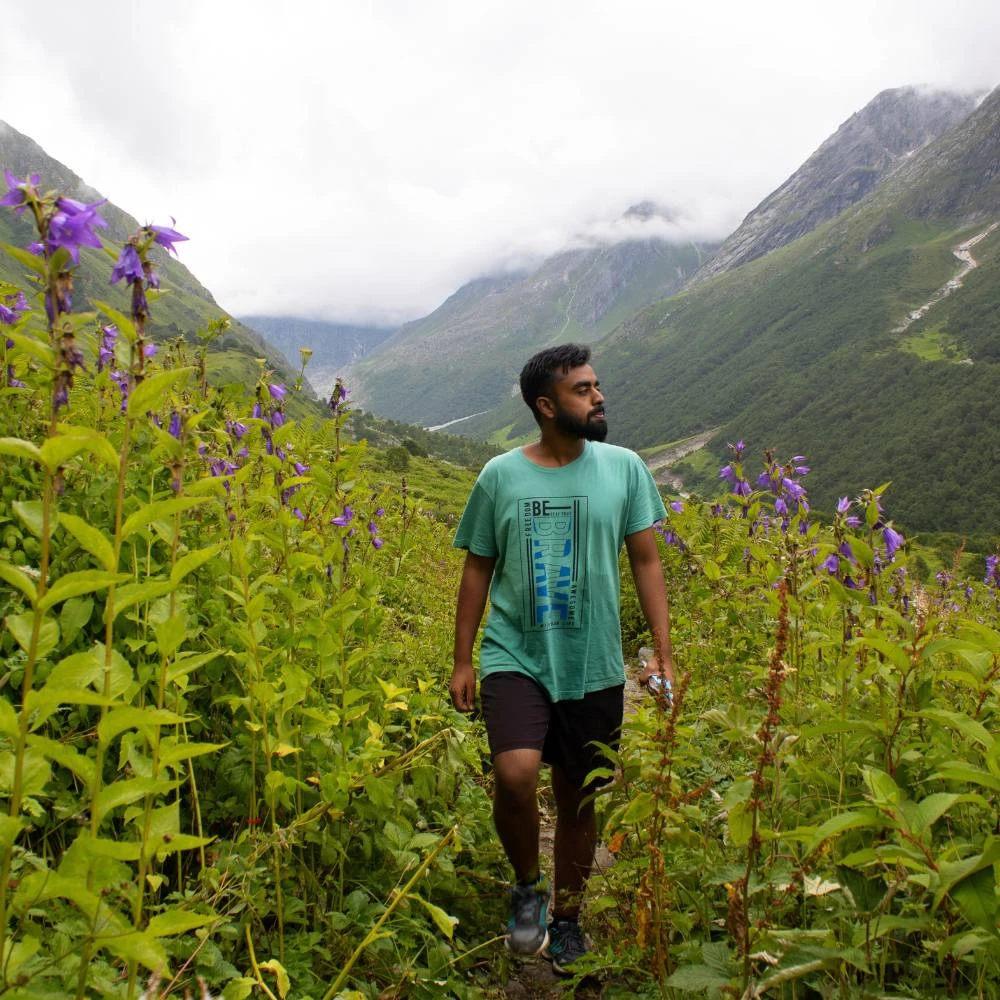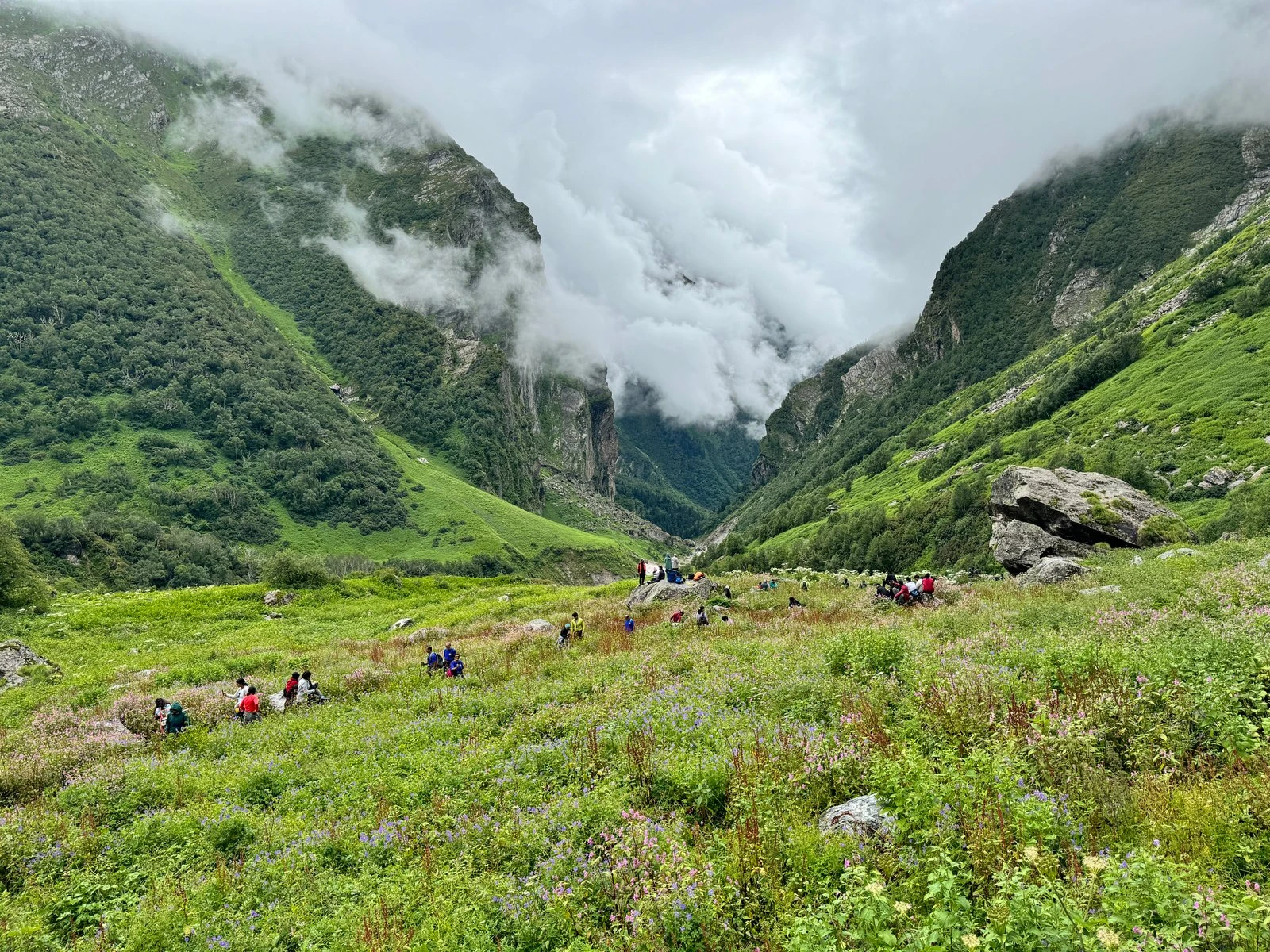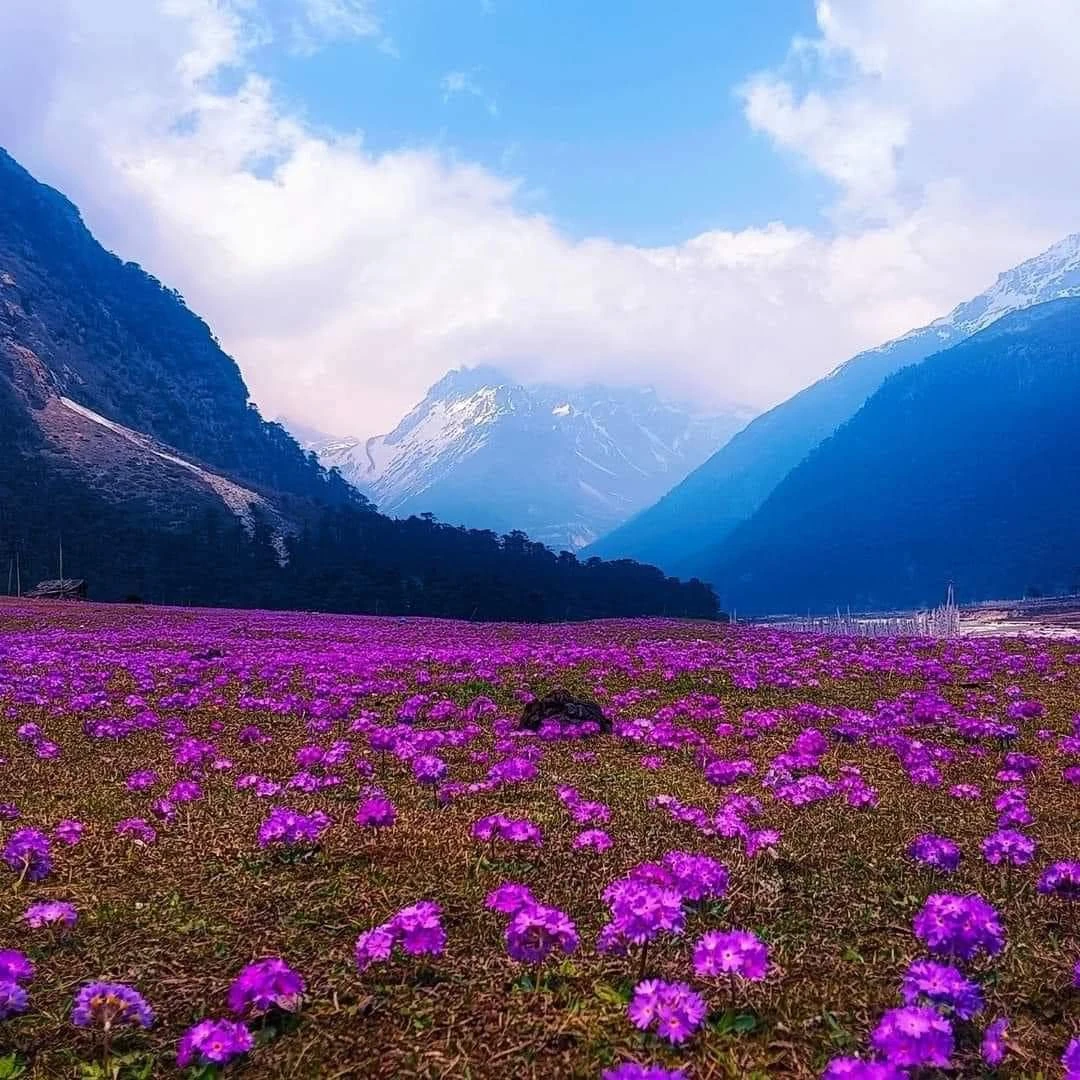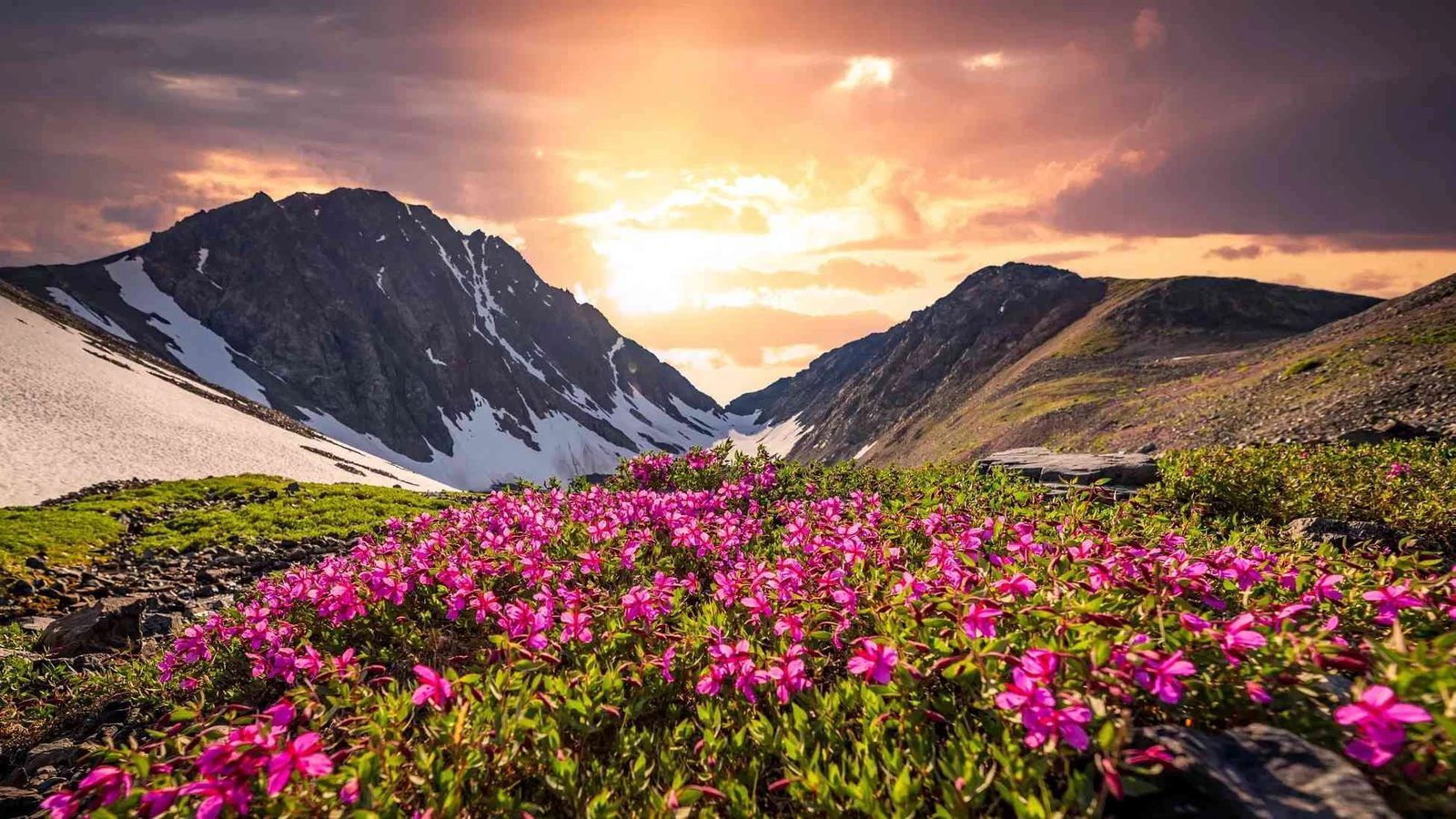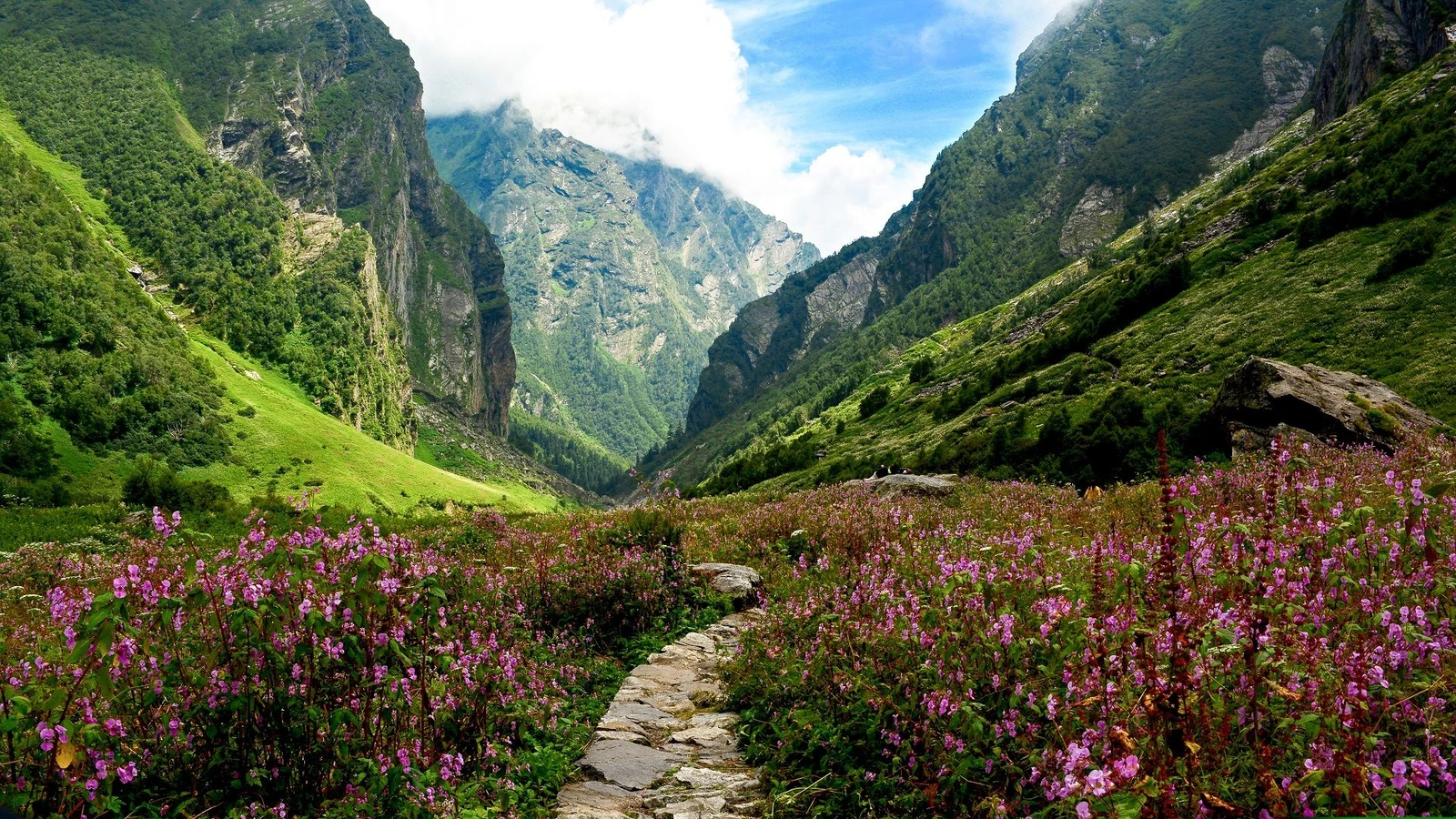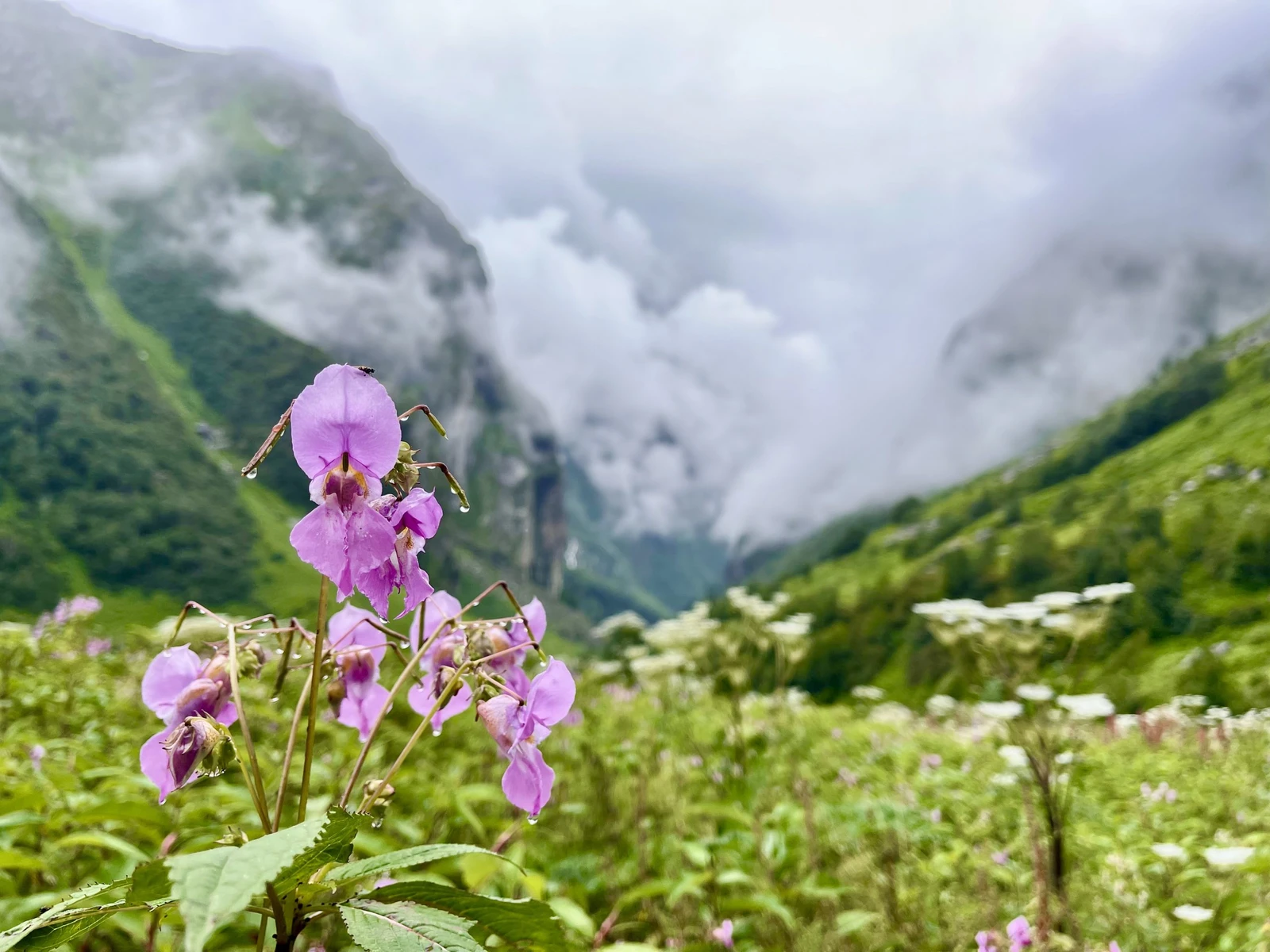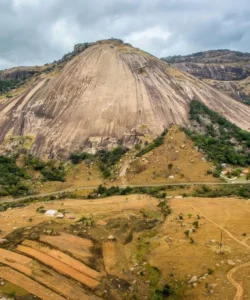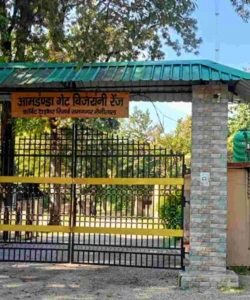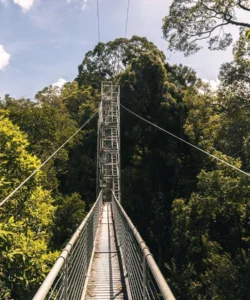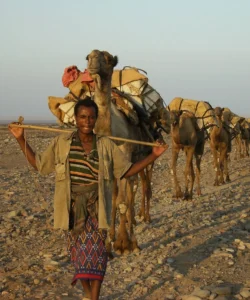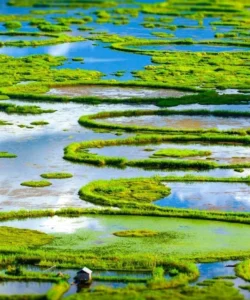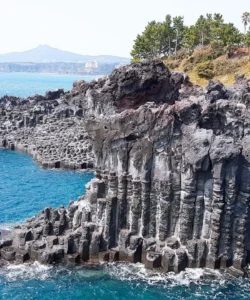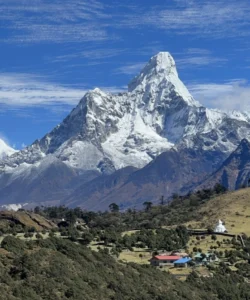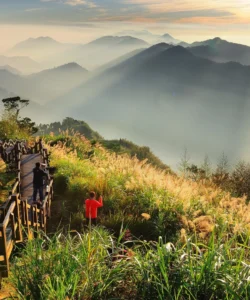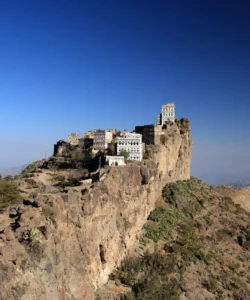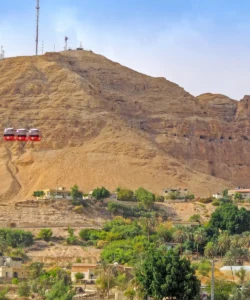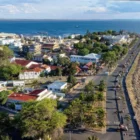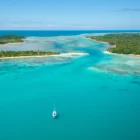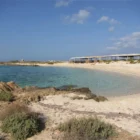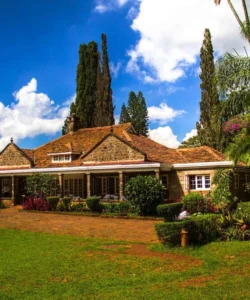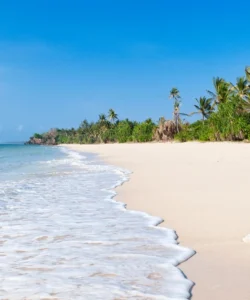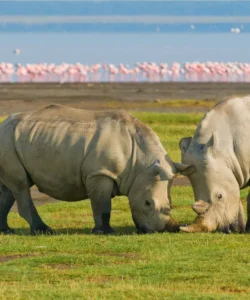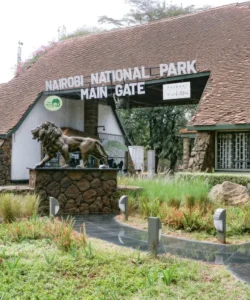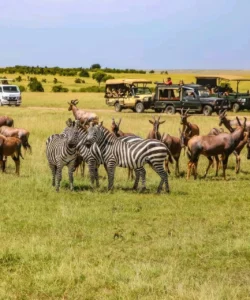The Valley of Flowers National Park, nestled high in the Western Himalaya of Uttarakhand, India, is a breathtaking natural wonder renowned for its vibrant meadows of endemic alpine flowers. It’s a place of unparalleled natural beauty, a UNESCO World Heritage Site, and a popular trekking destination that draws nature lovers, botanists, and pilgrims alike.

Name: Valley of Flowers National Park
Address: Chamoli District, Uttarakhand, India. It forms the second core zone of the Nanda Devi Biosphere Reserve. The nearest major base for the trek is the village of Ghangaria, which is accessed after a drive to Govindghat or Pulna.
How to Get There:
Reaching the Valley of Flowers involves a combination of road travel and a significant trek.
- By Air: The nearest airport is Jolly Grant Airport (DED) in Dehradun, approximately 292 km (181 miles) from Govindghat. From Dehradun, you can hire a taxi or take a bus to Govindghat.
- By Train: The closest railway station is Rishikesh Railway Station, about 273 km (170 miles) from Govindghat. Rishikesh is well-connected to major Indian cities. From Rishikesh, taxis and buses are available to Govindghat.
- By Road: Govindghat is the last motorable point and is well-connected by road to major destinations in Uttarakhand like Rishikesh, Haridwar, Joshimath, and Dehradun.
- From Govindghat: A new road leads about 4 km to Pulna village.
- From Pulna: The trek begins from Pulna. It’s a 13-14 km trek (approximately 7-8 hours) to Ghangaria, which serves as the base camp for visitors. The trail goes through dense forests, along the Pushpawati River, and involves crossing bridges, glaciers, and waterfalls.
- From Ghangaria to Valley of Flowers: From Ghangaria, it’s a further 3 km trek to reach the entrance of the Valley of Flowers.
- Alternative Transport to Ghangaria: For those who prefer not to trek the entire distance from Govindghat to Ghangaria, pony, palanquin, and helicopter services are available from Govindghat to Govind Dham (Ghangaria). However, to enter the actual Valley of Flowers, you must trek from Ghangaria.
- Permit: An entry permit for the National Park is required and can be obtained at the entrance in Ghangaria.
- Best Time to Visit: The Valley of Flowers is accessible only for a short period each year, typically from June to September, when the snow melts and the valley bursts into bloom.
- July-August: Peak blooming season, when the valley is carpeted with a kaleidoscope of flowers.
- September: Late-blooming flowers mix with lush greenery, and weather is cooler.
Landscape and Architecture:
The Valley of Flowers’ “architecture” is purely natural, a stunning creation of the Himalaya, shaped by glacial forces and vibrant alpine flora. There are no man-made structures within the valley itself, preserving its pristine wilderness.
- High-Altitude Alpine Meadows: The defining feature is a vast expanse of alpine meadows, approximately 8 km long and 2 km wide, situated at an altitude ranging from 3,350 to 3,658 meters (10,990 to 12,000 feet) above sea level. These meadows transform into a vibrant carpet of blooming flowers during the monsoon.
- Amphitheater of Peaks: The valley is surrounded by a breathtaking amphitheater of towering, snow-capped peaks of the Zanskar and Great Himalayan Ranges. Notable peaks visible include Nar Parbat, Nilgiri Parbat, Gauri Parbat, Rataban, and Saptasring.
- Pushpawati River: The Pushpawati River flows through the valley, originating from the Tipra Glacier on Gauri Parbat. Its clear waters cut through the meadows, and numerous smaller streams and cascading waterfalls feed into it, adding to the scenic beauty.
- Diverse Ecological Zones: The park transitions through sub-alpine (3,200m-3,500m, with fir, birch, rhododendron), lower alpine (3,500m-3,700m, herbaceous plants), and higher alpine zones (above 3,700m, rocky slopes with mosses and delicate herbs).
- Glaciers and Waterfalls: The trekking route to the valley often involves crossing glacial streams and passing by numerous waterfalls, especially during the melting season, emphasizing its high-Himalayan setting.
- No Permanent Structures: There are no permanent human settlements or built structures (except for essential park infrastructure like check posts and pathways) within the core valley itself, ensuring its untouched natural state.
What Makes It Famous:
- UNESCO World Heritage Site: The Valley of Flowers National Park is a UNESCO World Heritage Site, inscribed for its outstanding universal value in representing diverse alpine flora and the unique transition zone between the Zanskar and Great Himalayan Ranges. It’s part of the larger Nanda Devi Biosphere Reserve.
- Meadows of Endemic Alpine Flowers: It is renowned globally for its spectacular meadows of endemic alpine flowers, with over 600 species of flowering plants. The valley explodes with color, showcasing rare and exotic species like the blue poppy, cobra lily, primulas, marigolds, daisies, and the sacred Brahma Kamal.
- Mythological Significance: According to Hindu mythology, this valley is believed to be the place from where Lord Hanuman collected the mythical Sanjeevani herb to revive Lakshmana during the Ramayana epic. This adds a profound spiritual and mythological dimension to its natural beauty.
- Trekking Destination: It’s one of India’s most sought-after trekking destinations, offering a moderately challenging yet incredibly rewarding journey through diverse Himalayan landscapes, attracting nature lovers and adventure enthusiasts.
- Hemkund Sahib Pilgrimage: The Valley of Flowers trek is often combined with a pilgrimage to Hemkund Sahib, a high-altitude Sikh gurudwara located near a pristine lake (Hemkund Lake), adding a spiritual layer to the natural experience.
- “Lost and Found” Story: Its “discovery” in 1931 by British mountaineer Frank S. Smythe, who stumbled upon it after getting lost during an expedition, adds a romantic tale to its fame.
- Rich Biodiversity: Beyond flowers, the park is home to rare and endangered animals like the Asiatic black bear, snow leopard, brown bear, musk deer, blue sheep, and numerous bird species.
Differences from Some Other Wonders:
- Seasonal Floral Bloom as Primary Feature: Unlike other natural parks (like Taman Negara with ancient rainforests or Jim Corbett with its tigers year-round), the Valley of Flowers’ fame is almost entirely dependent on its specific, seasonal, and spectacular bloom of alpine flowers during the monsoon months. Its beauty dramatically changes with the seasons.
- High-Altitude Alpine Ecosystem: While the Himalaya are vast, the Valley of Flowers represents a very specific high-altitude alpine meadow ecosystem with unique floral adaptations, distinct from the lower sub-Himalayan forests (Jim Corbett) or the extreme glacial zones of higher Himalayan peaks.
- Trek-Only Access to the Core: Unlike many national parks that allow vehicle safaris (Jim Corbett, Sundarbans) or easy road access, the core Valley of Flowers area is only accessible by foot (trekking), emphasizing its remote and pristine wilderness character.
- No Large Wildlife as Primary Draw: While it has rare animals, its primary fame is not for “big game” viewing (like African safaris or even Indian tiger reserves). The focus is overwhelmingly on flora and the unique high-altitude ecosystem.
- Integration of Sacred Pilgrimage: The direct proximity and combined trek with the highly sacred Sikh pilgrimage site of Hemkund Sahib (and nearby Hindu pilgrimage sites) gives the Valley a unique spiritual and cultural dimension that is not typically found in other pure natural parks.
- “Botanical Wonderland” Identity: It’s often referred to as a “botanical wonderland” or “botanist’s paradise,” indicating a specialized appeal due to its exceptional diversity of alpine flora, including many rare and medicinal plants.
